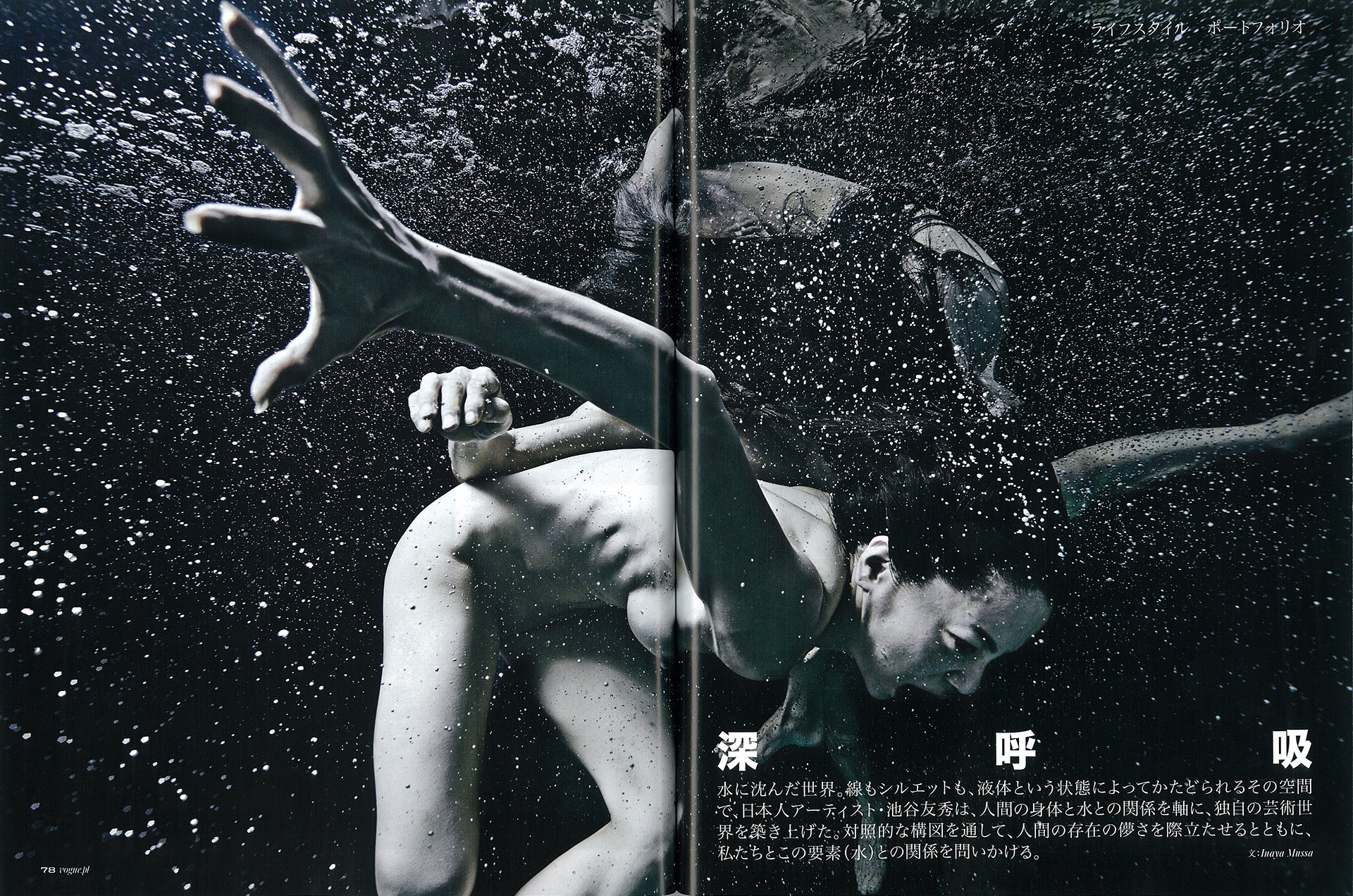
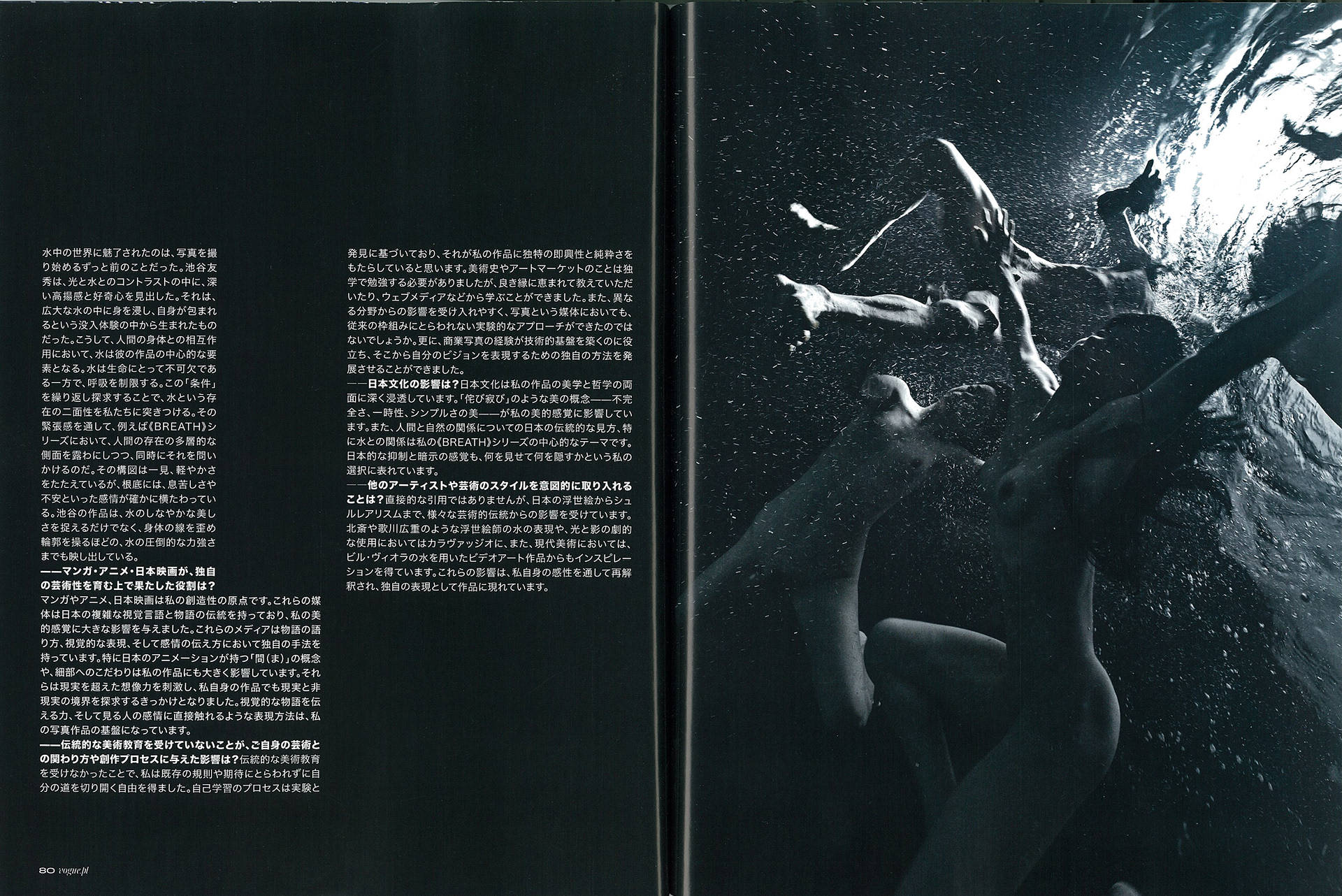
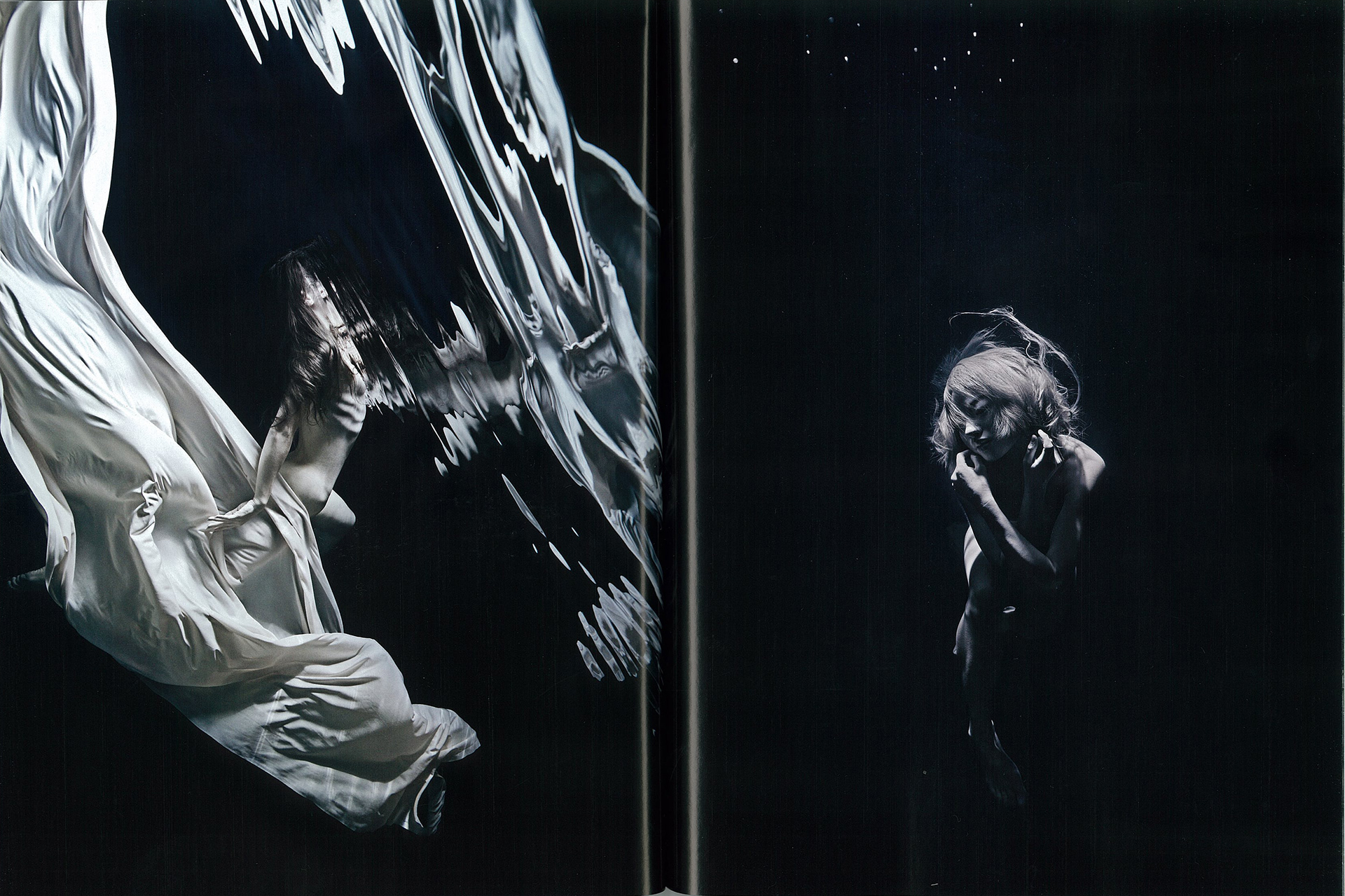
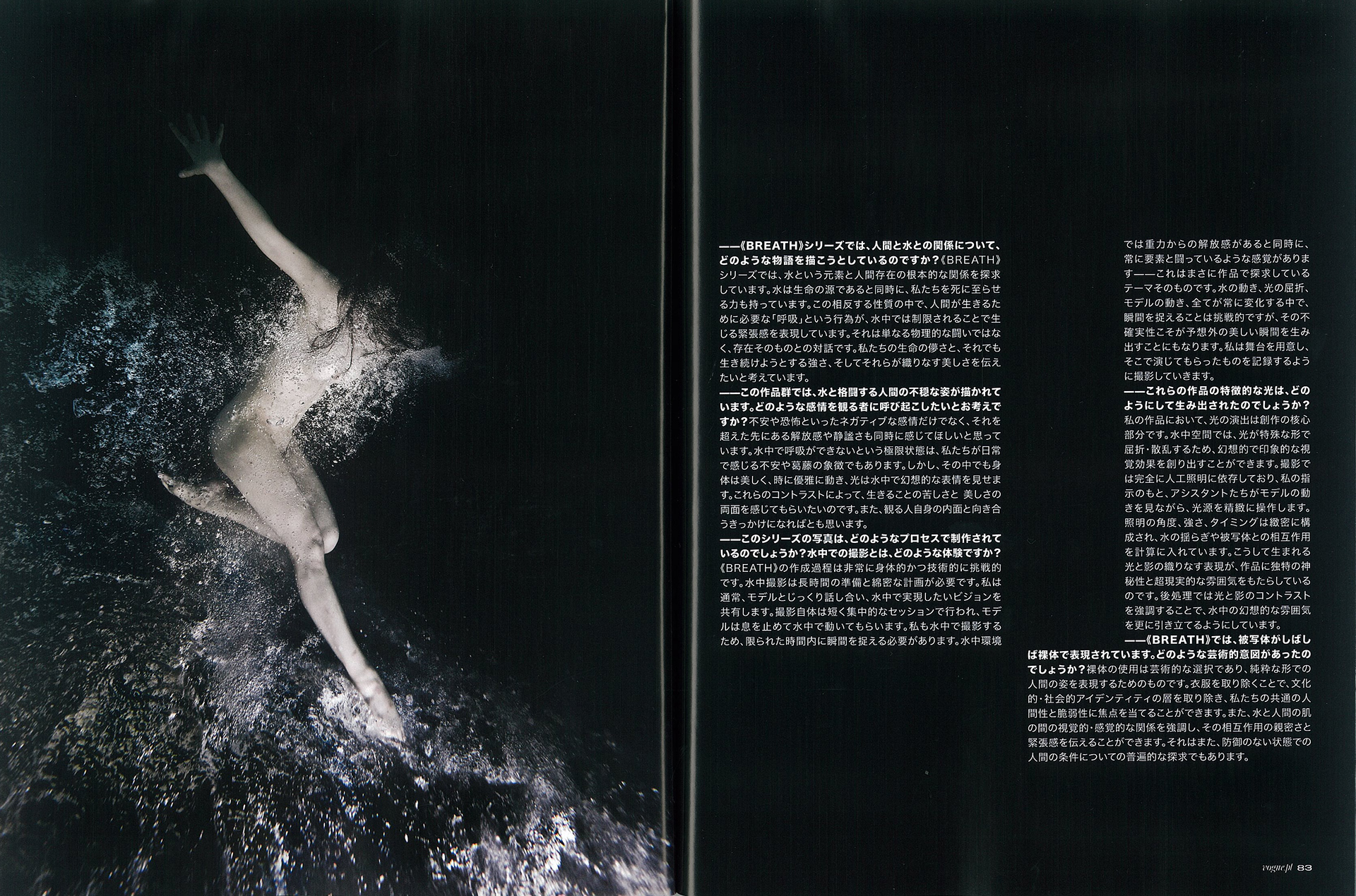
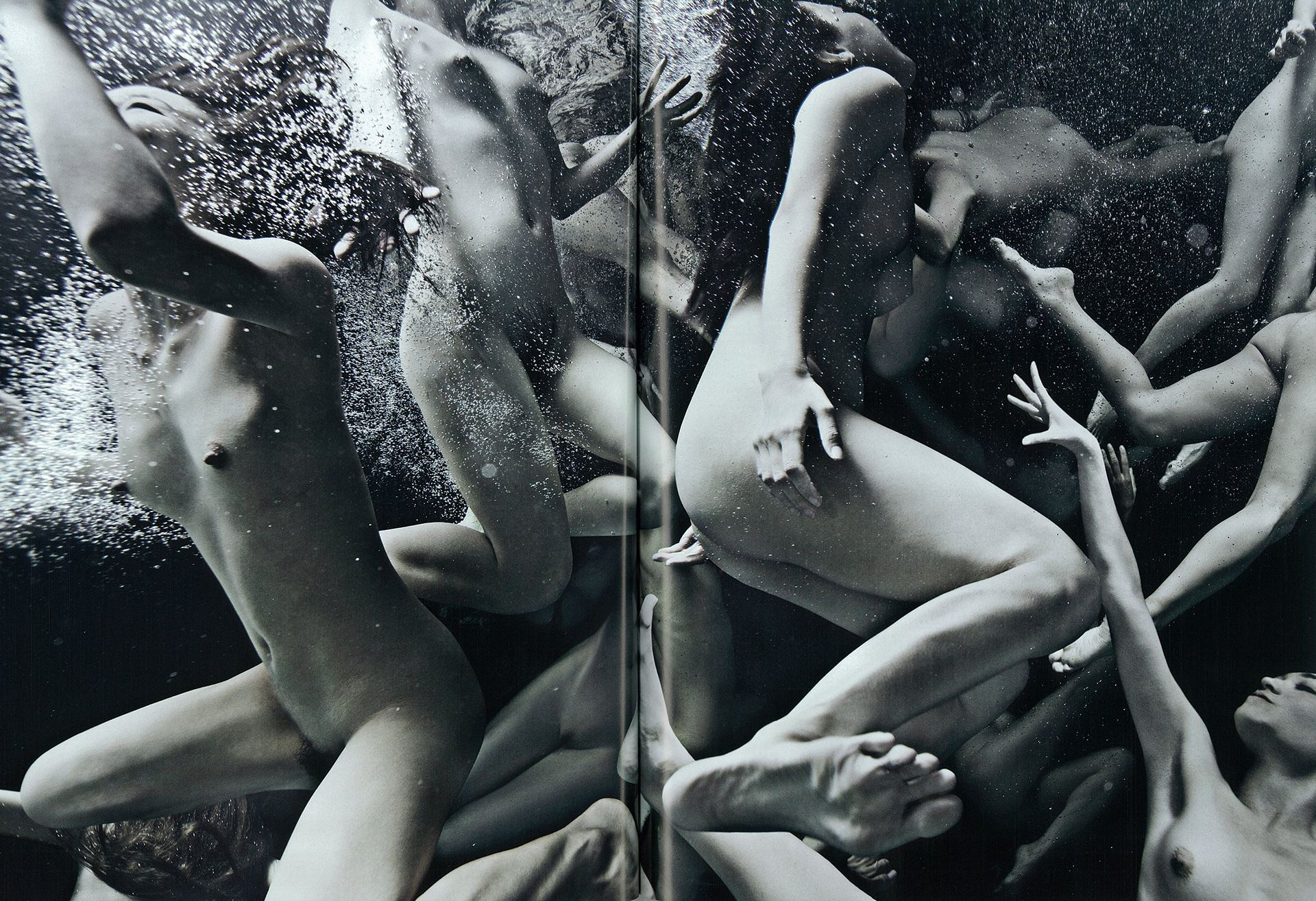
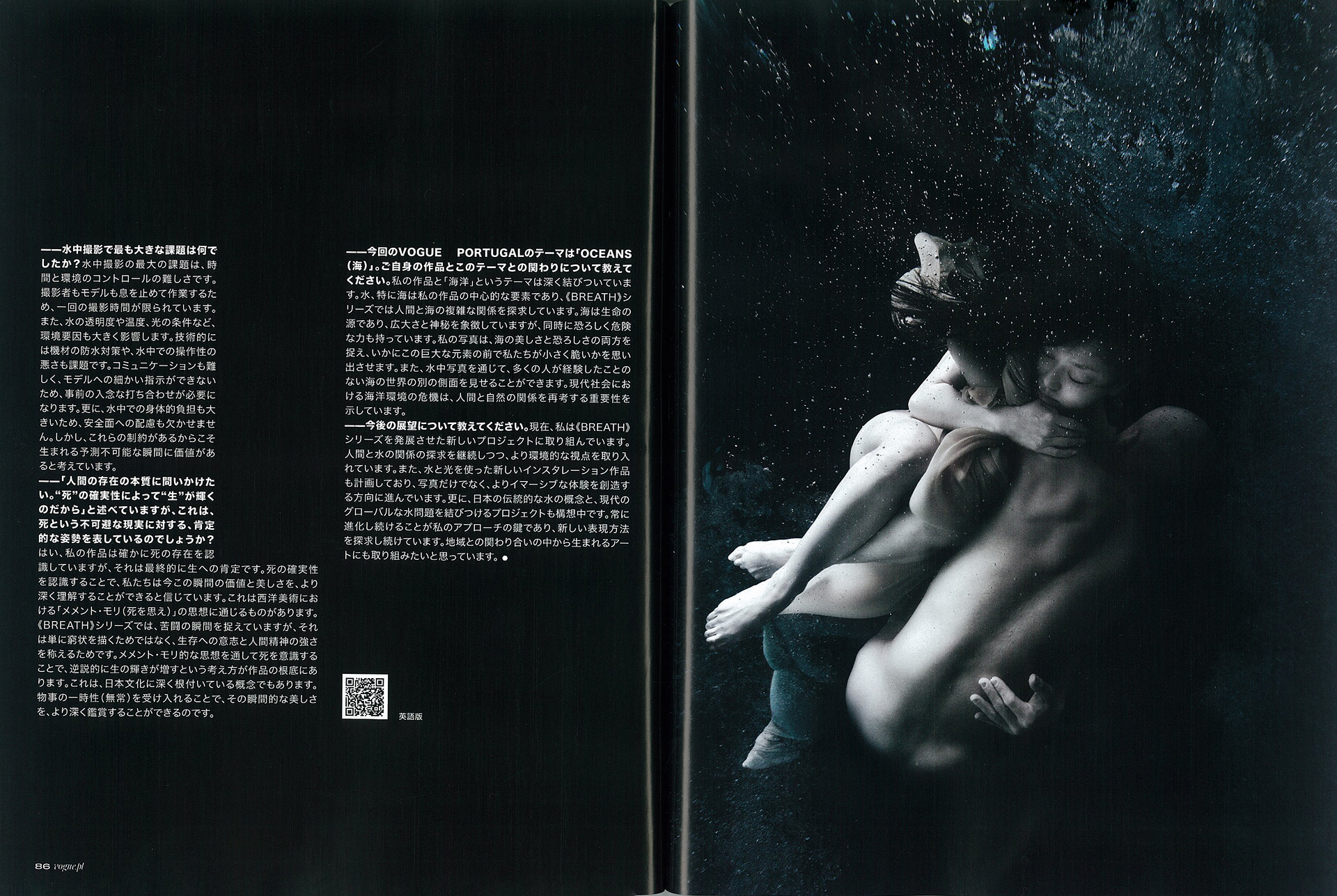
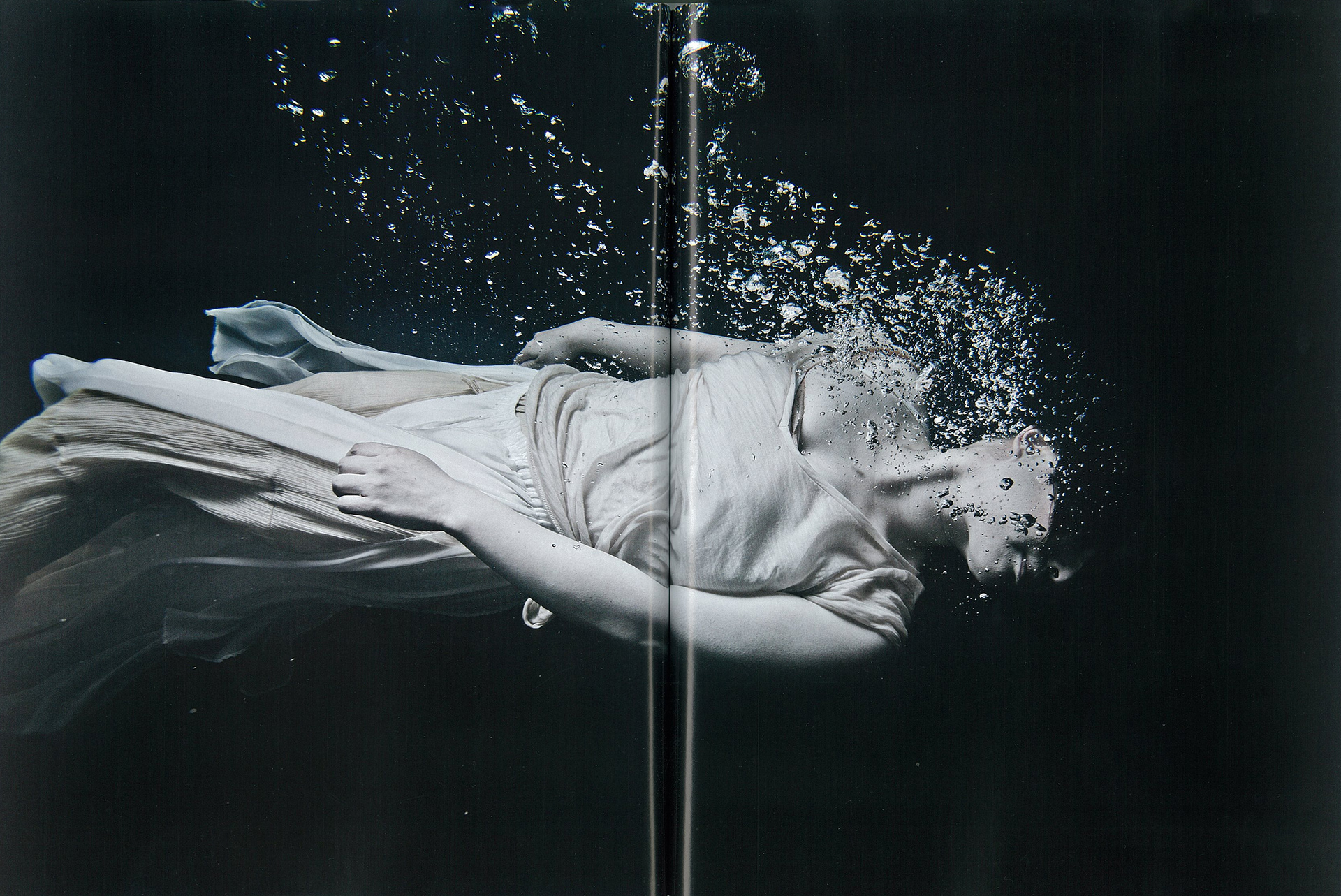
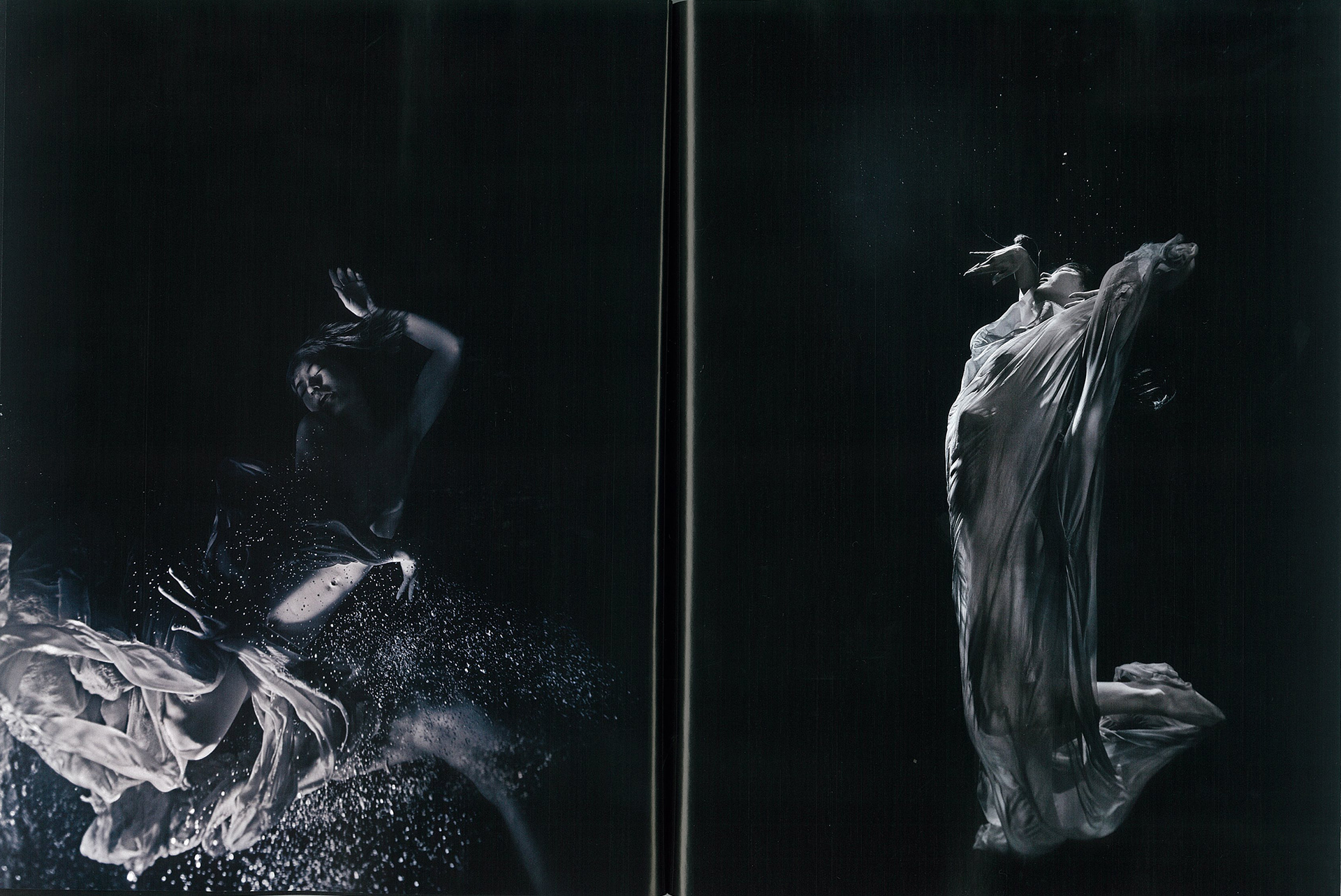
Special Limited Edition in Partnership with Turismo de Portugal
September 2025
https://www.vogue.pt/english-version-oceans-issue-portfolio-art
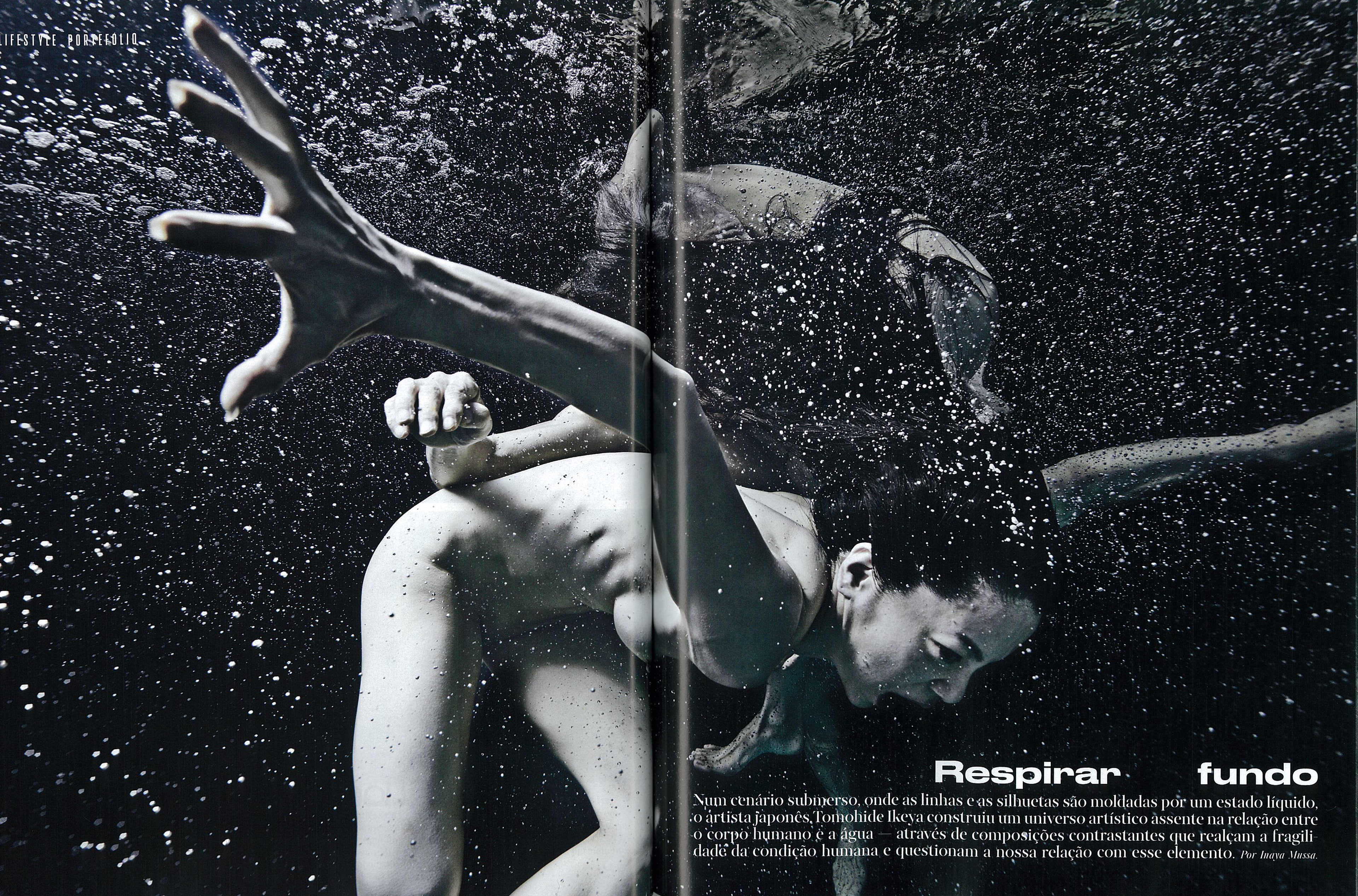
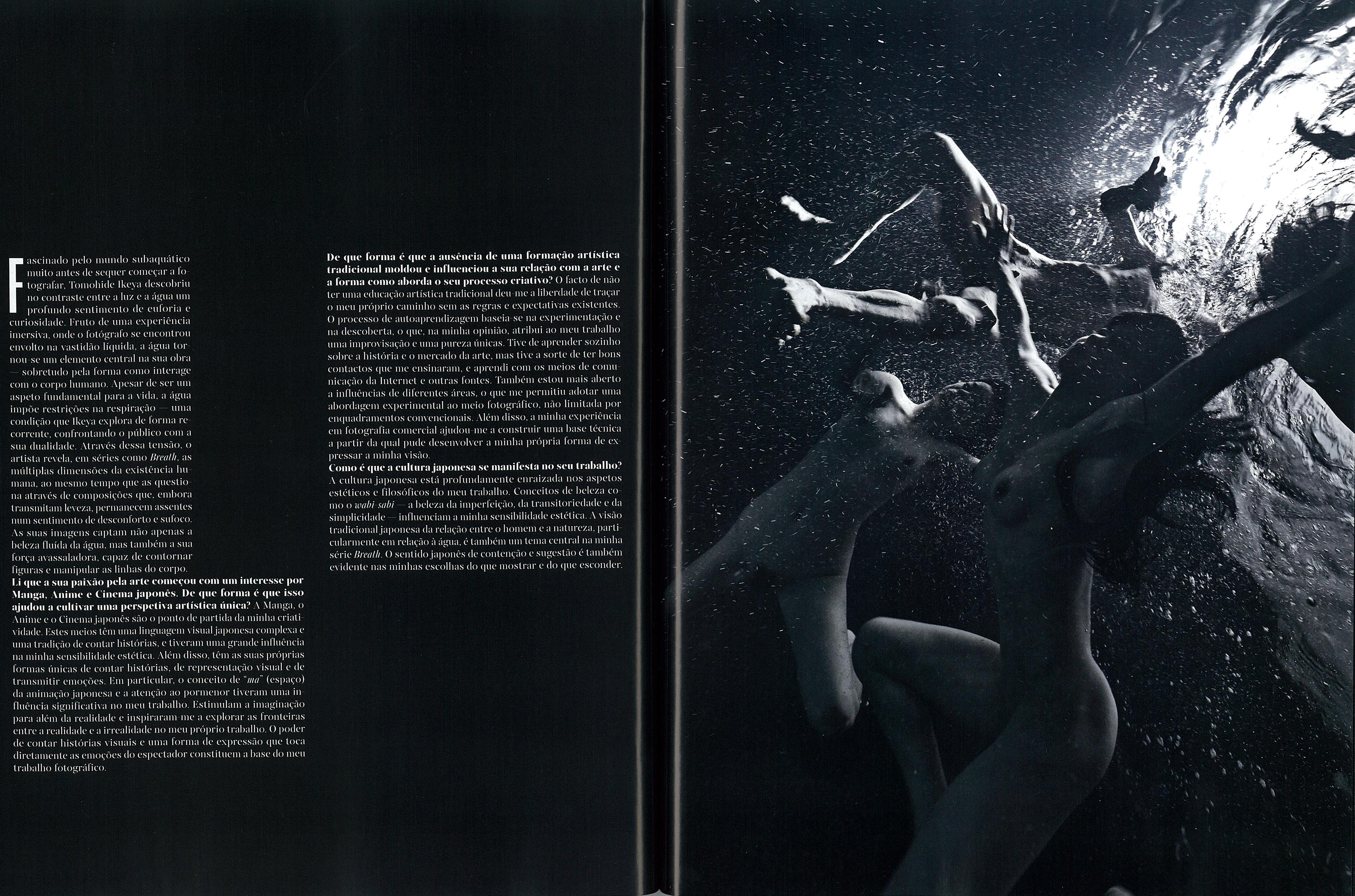
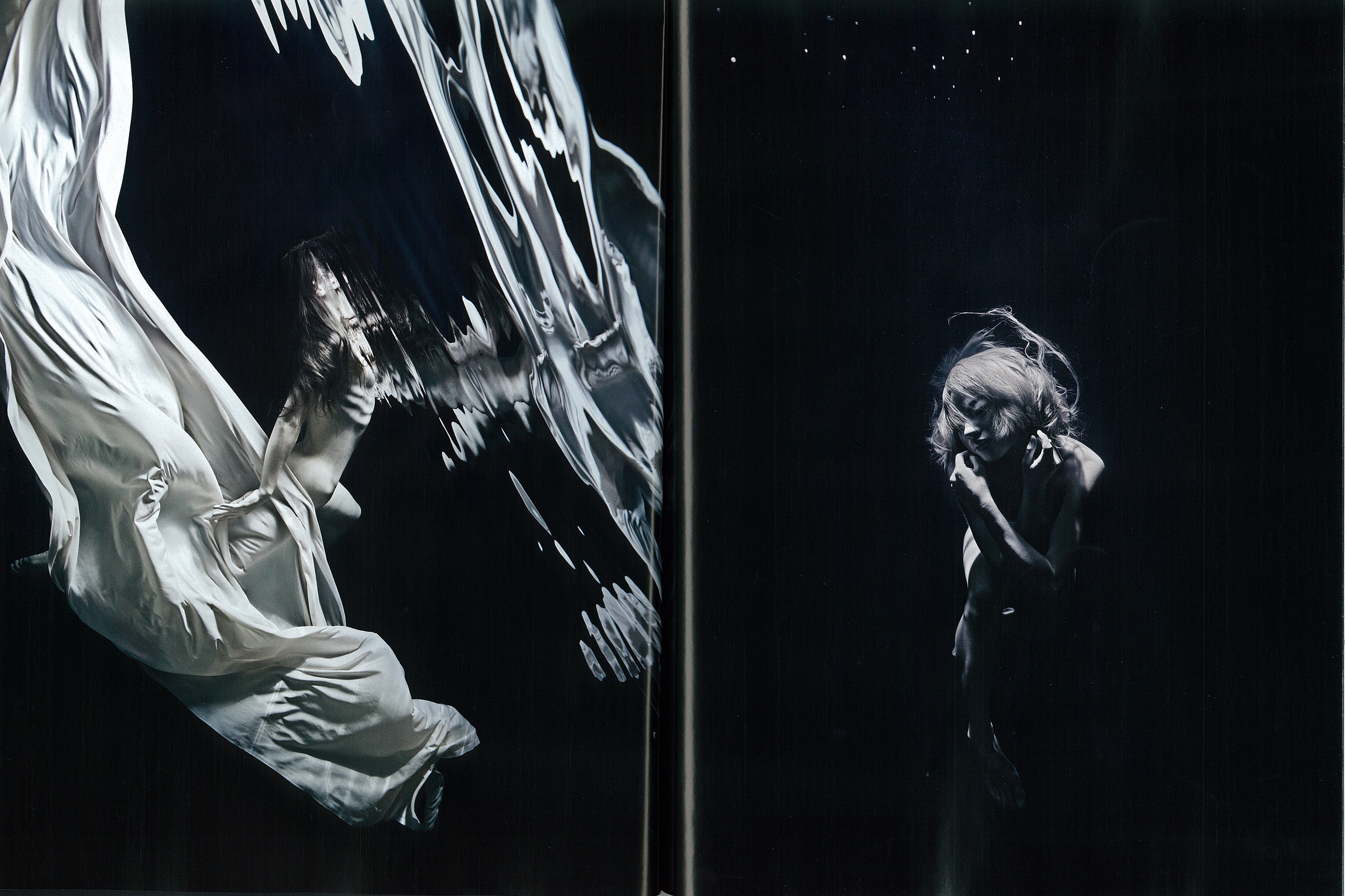



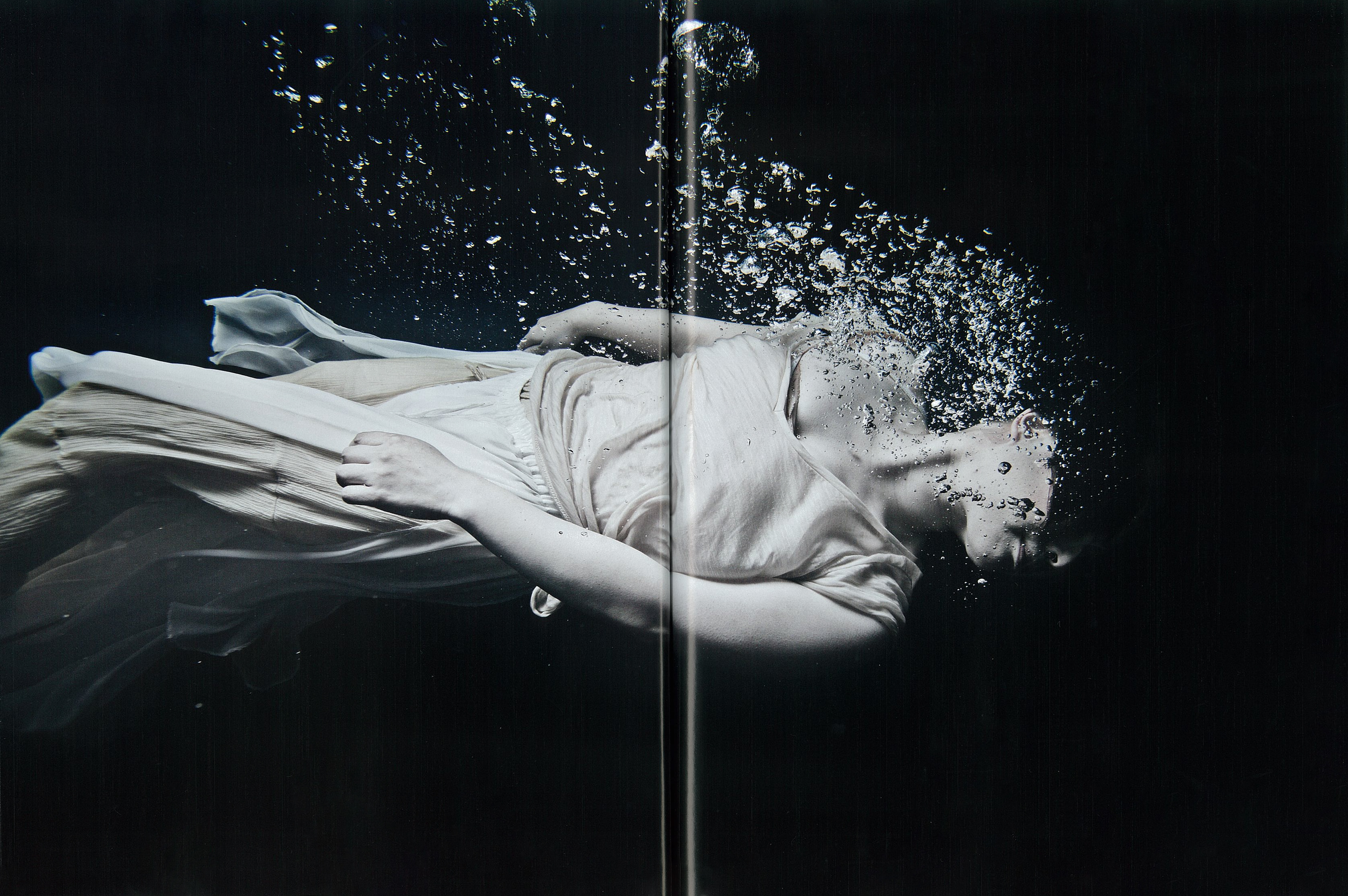
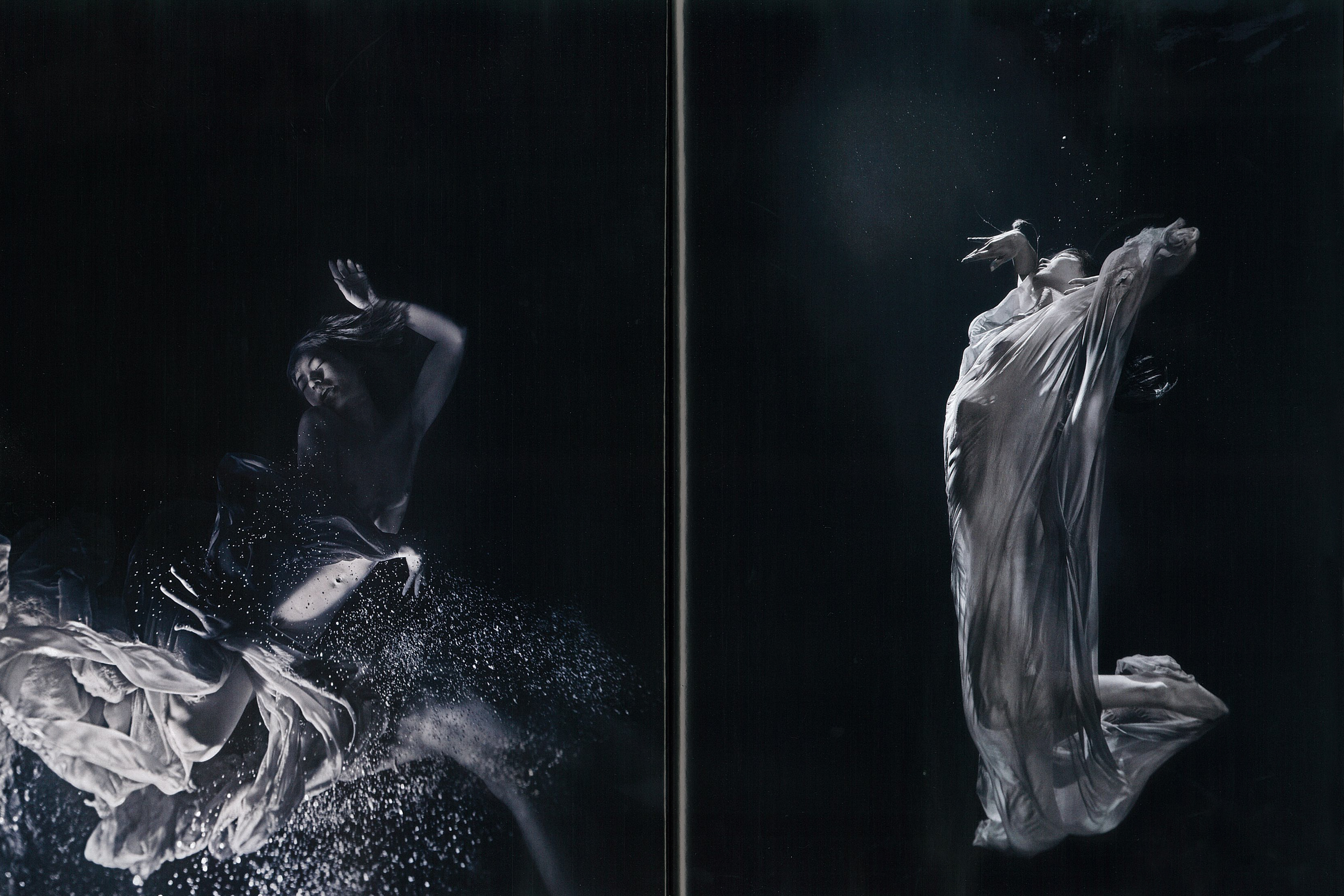
Underwater is a space liberated from gravity, the flow of time, and even the condition of survival—breathing. What is captured there is not a pose, but existence itself. It is the moment when humanity confronts the fundamental proposition of "living."
We were all born in amniotic fluid. Water is the origin of life and simultaneously a symbol of death. Through this series, I reinterpret water—an element that humanity has gazed upon with both awe and longing since ancient times, manifested in Japanese water deity worship and serpent gods—using the visual language of our contemporary era.
水中は、重力からも、時間の流れからも、そして呼吸という生存の条件からも解放された空間です。そこで撮影されるのは、ポーズではなく、存在そのもの。人間が「生きる」という根源的な命題に向き合う瞬間です。
私たちは皆、羊水の中で生まれました。水は生命の起源であり、同時に死の象徴でもあります。日本の水神信仰、蛇神としての水の使者——古来より人類が畏怖と憧憬をもって見つめてきた水という存在を、現代の視覚言語で再解釈する。それがこのシリーズの核心です。
"Break Zenya in Yokohama"
invited guests, allowing for a more intimate engagement with the exhibited works.
SOGO美術館
「ブレイク前夜 in Yokohama」出展のお知らせ
この度、横浜で開催される「ブレイク前夜 in Yokohama」展に参加いたします。
BSフジで放送中の番組「ブレイク前夜」にて、世界で羽ばたく次世代アーティストを発掘する番組の一環として開催される展覧会です。
横浜地区で初開催となる本展では、過去に番組で取り上げられたアーティストの中から選出された56名の作品が展示されます。
展示詳細
会期:2025年7月4日(金)~7月13日(日)
会場:SOGO MUSEUM OF ART(横浜駅東口 そごう横浜店6階 そごう美術館)
入場料:無料
7月5日(土)の午後3時以降はご招待の方のみ入場いただけます。
最終日7月13日(日)は当会場のみ午後5時に閉場いたします。

Powder from crushed shells : 貝殻の粉 /

Waste wood : 廃材の木

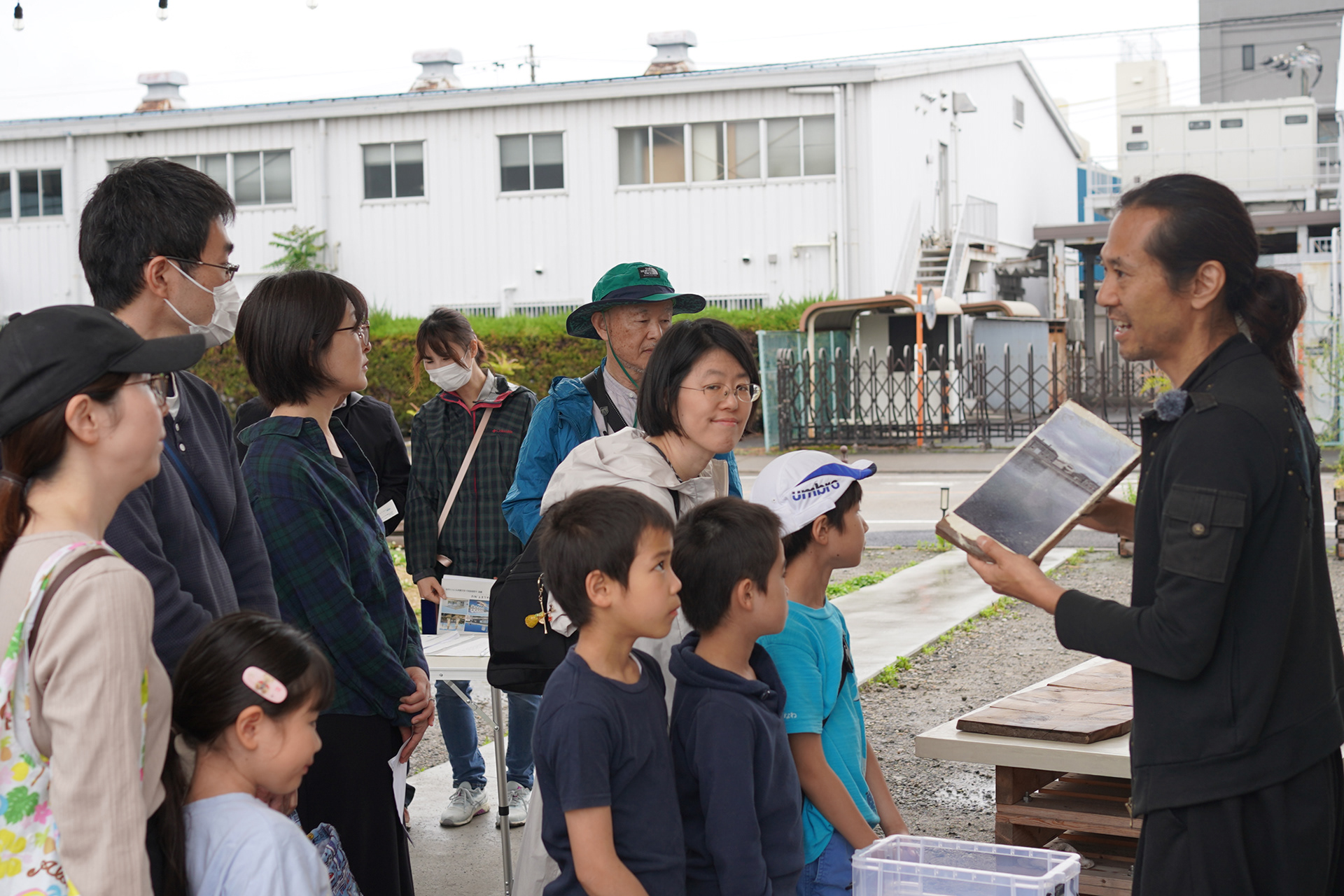

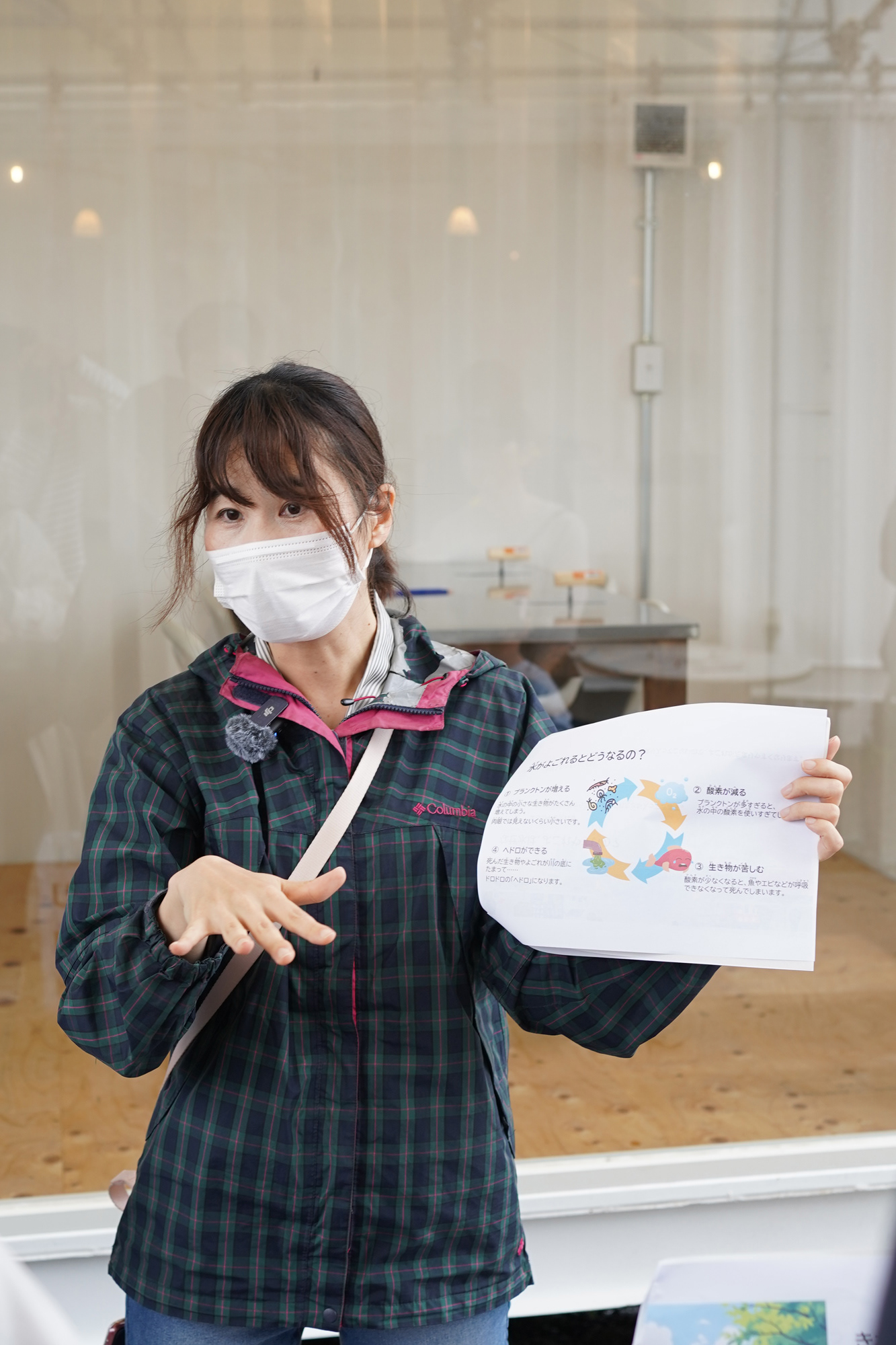
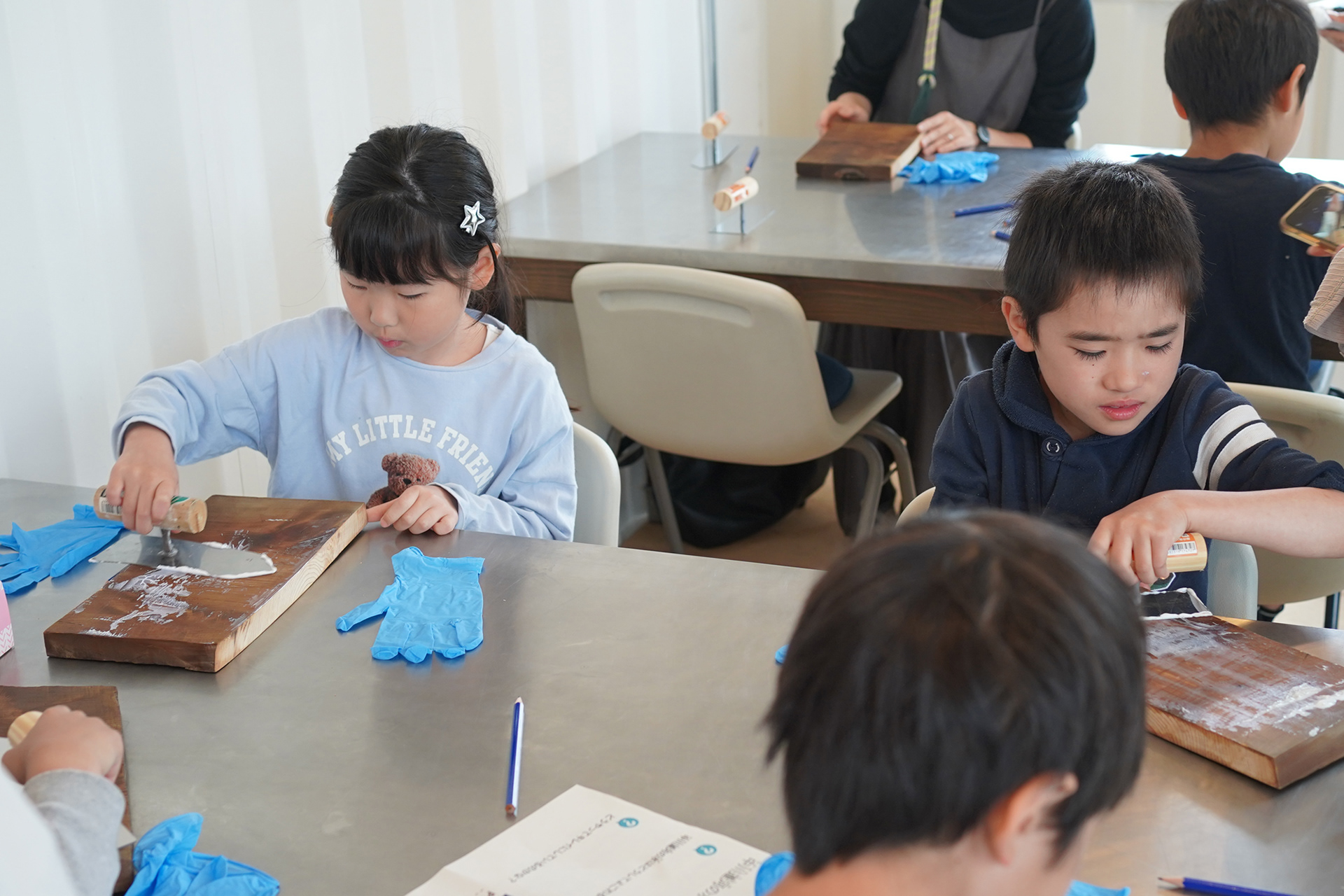
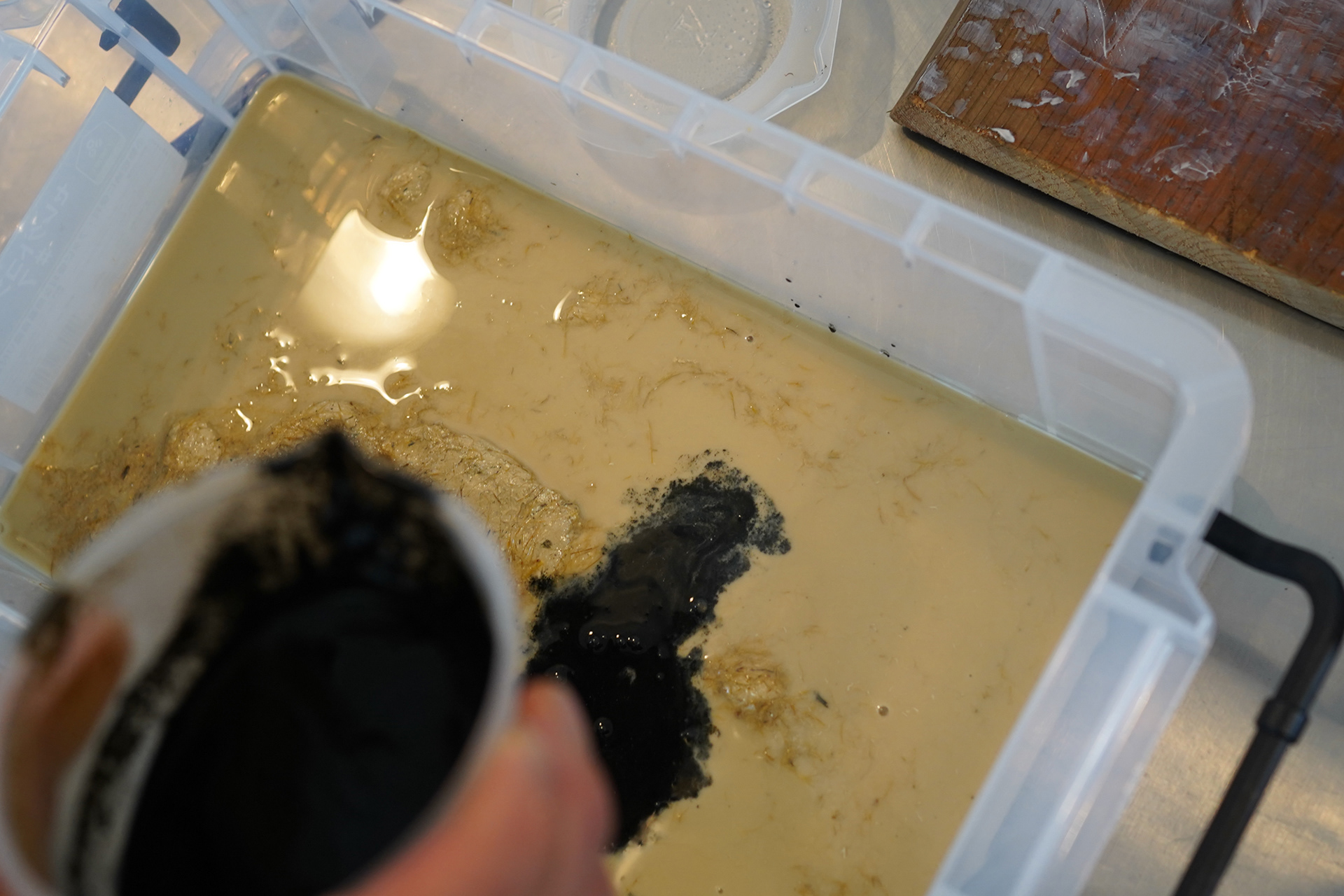
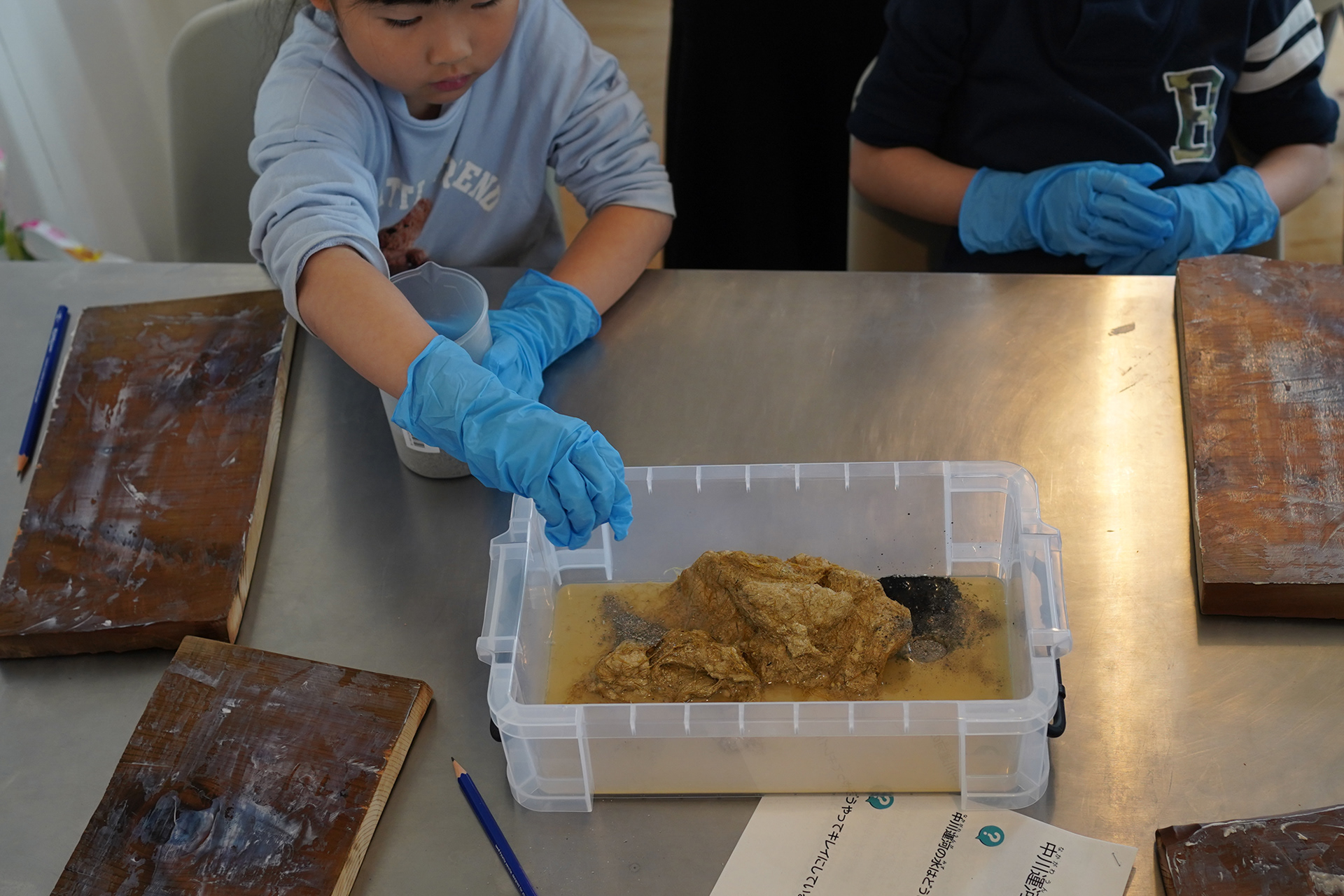



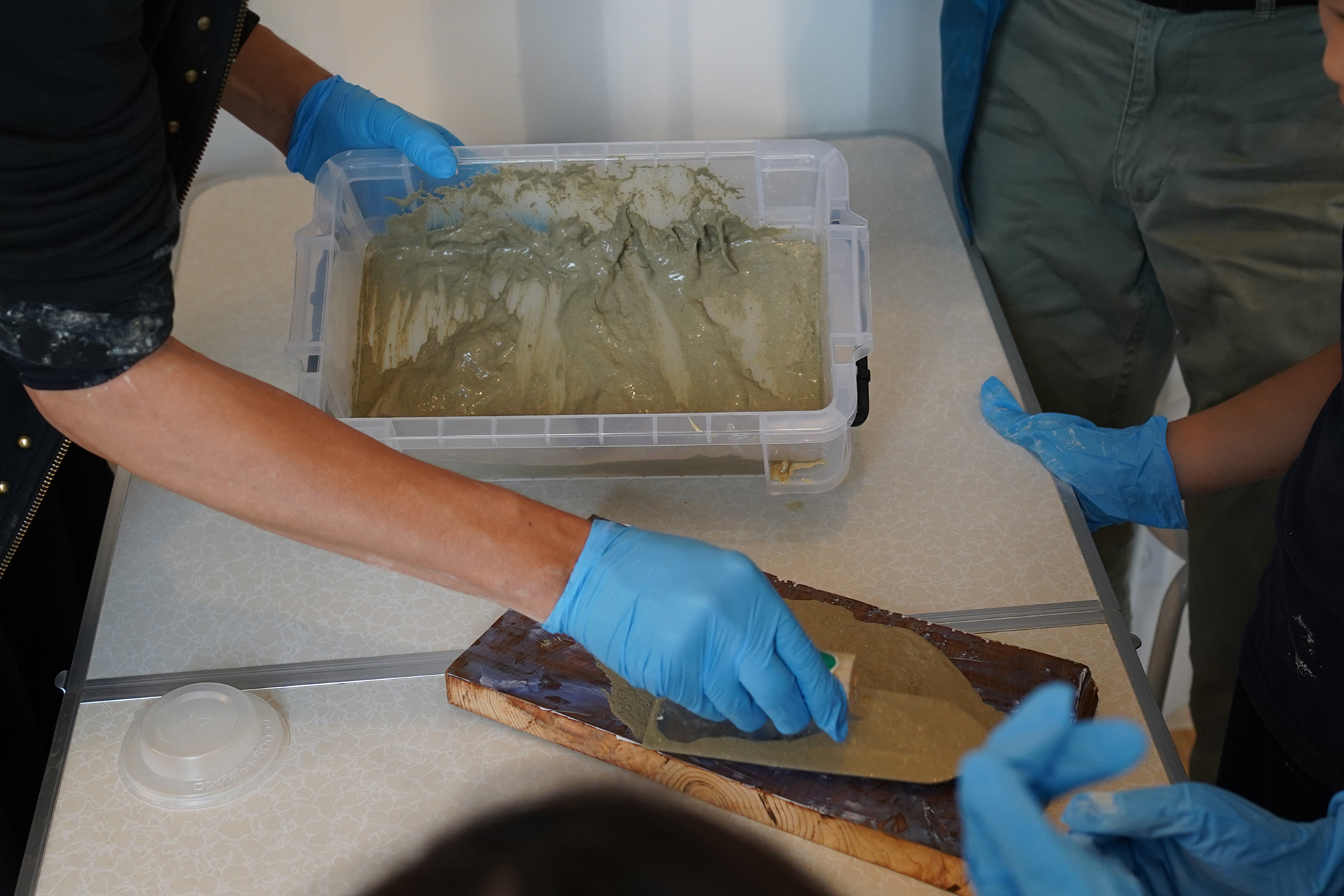
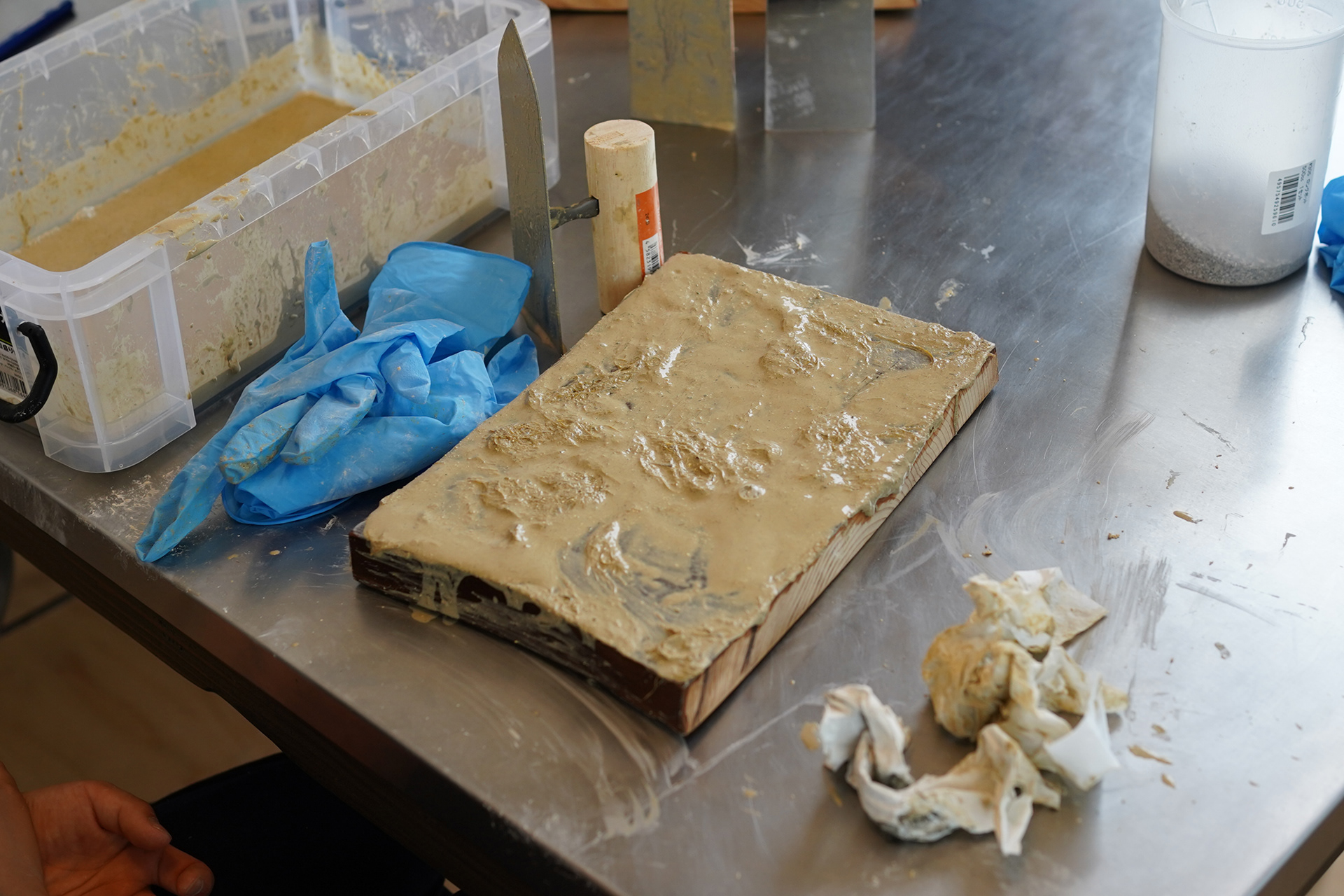
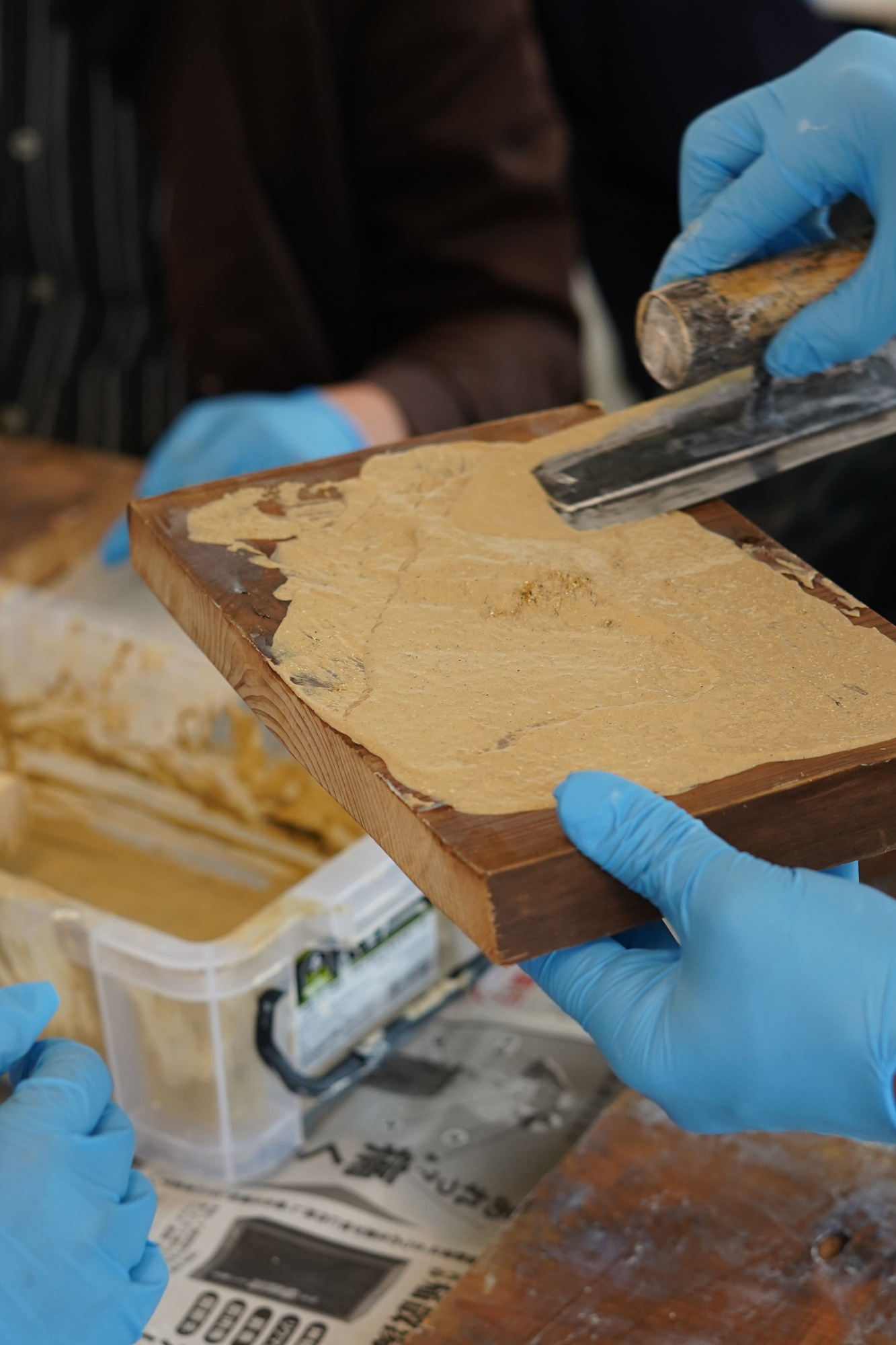
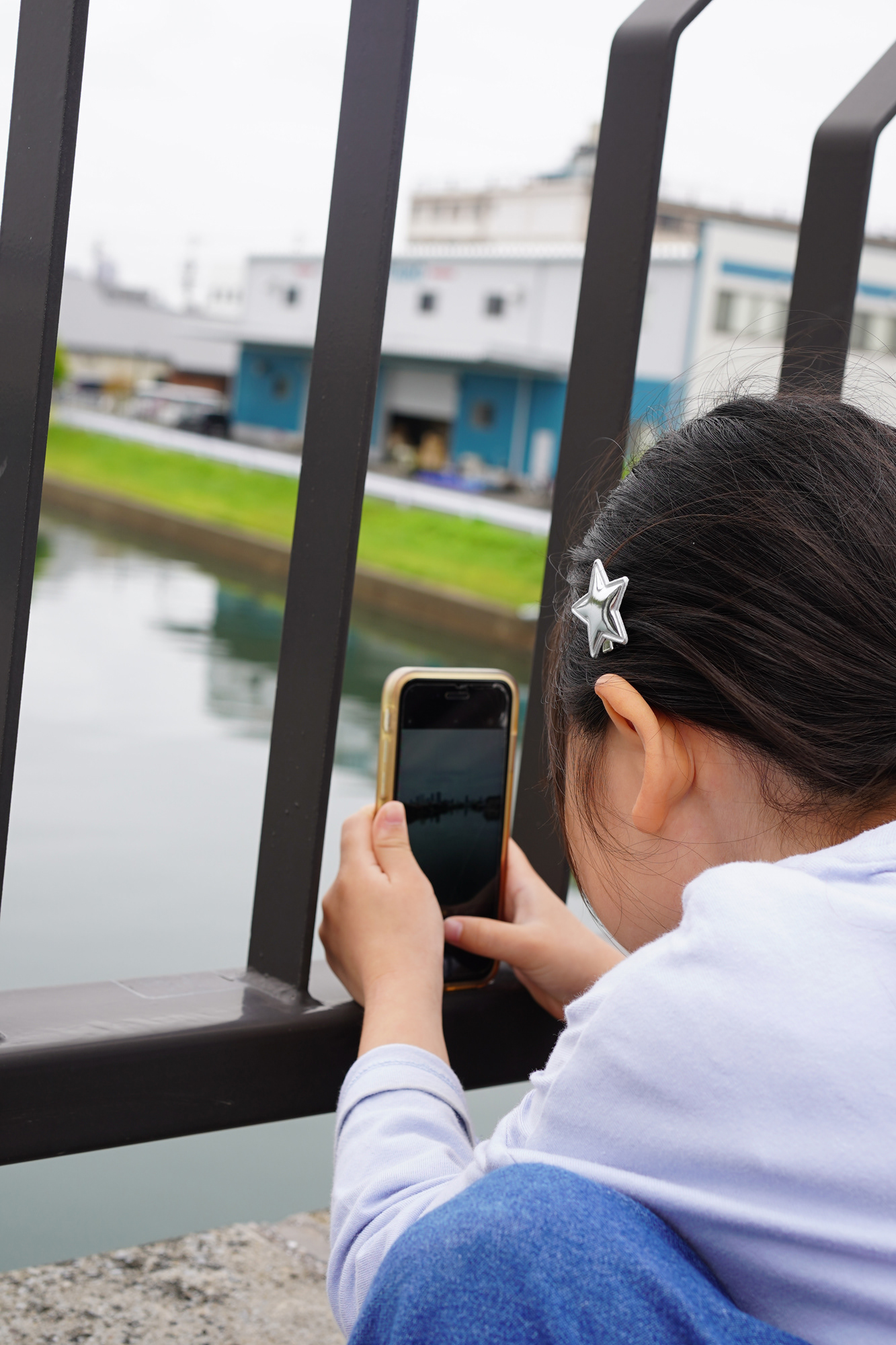
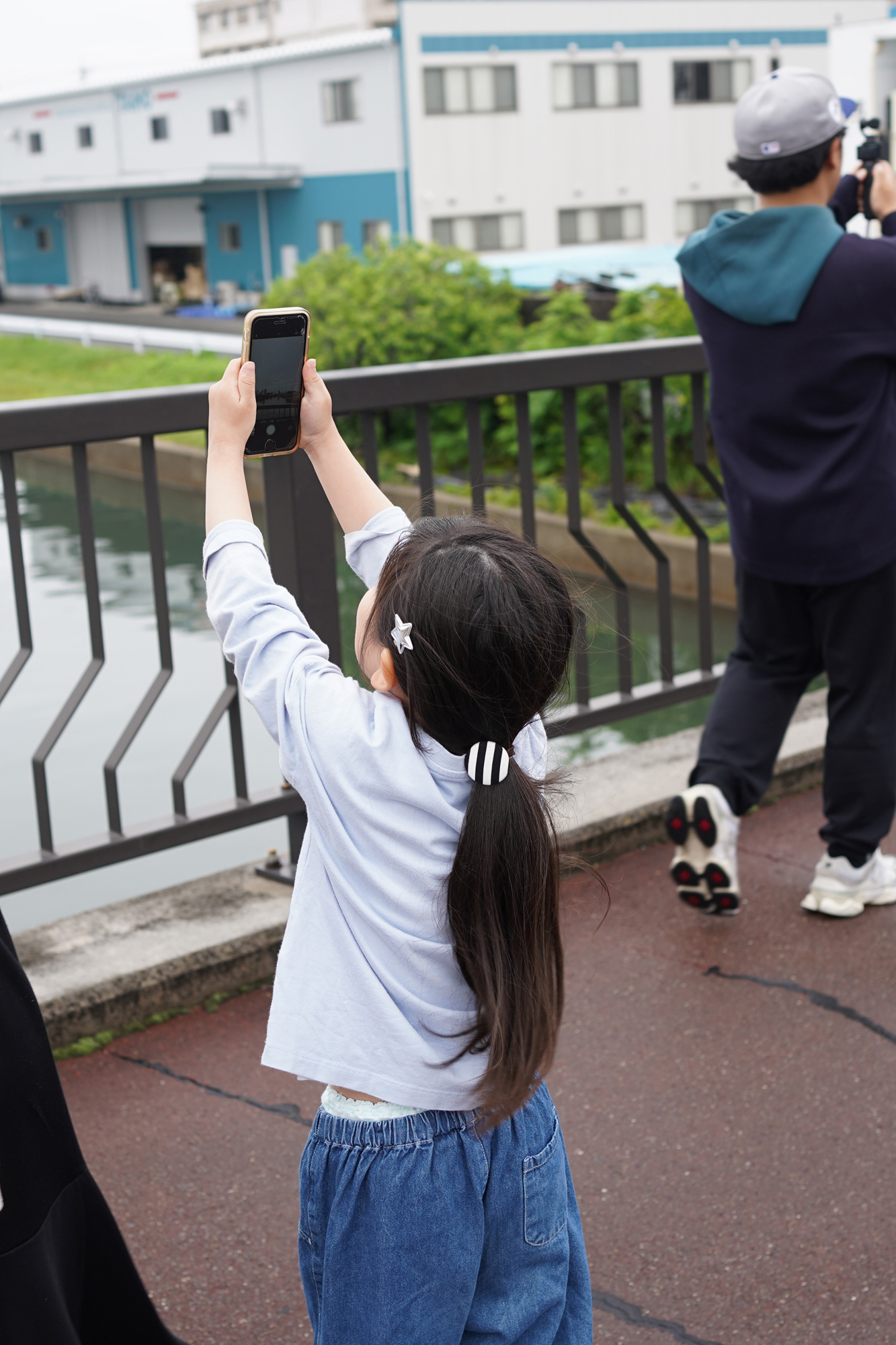
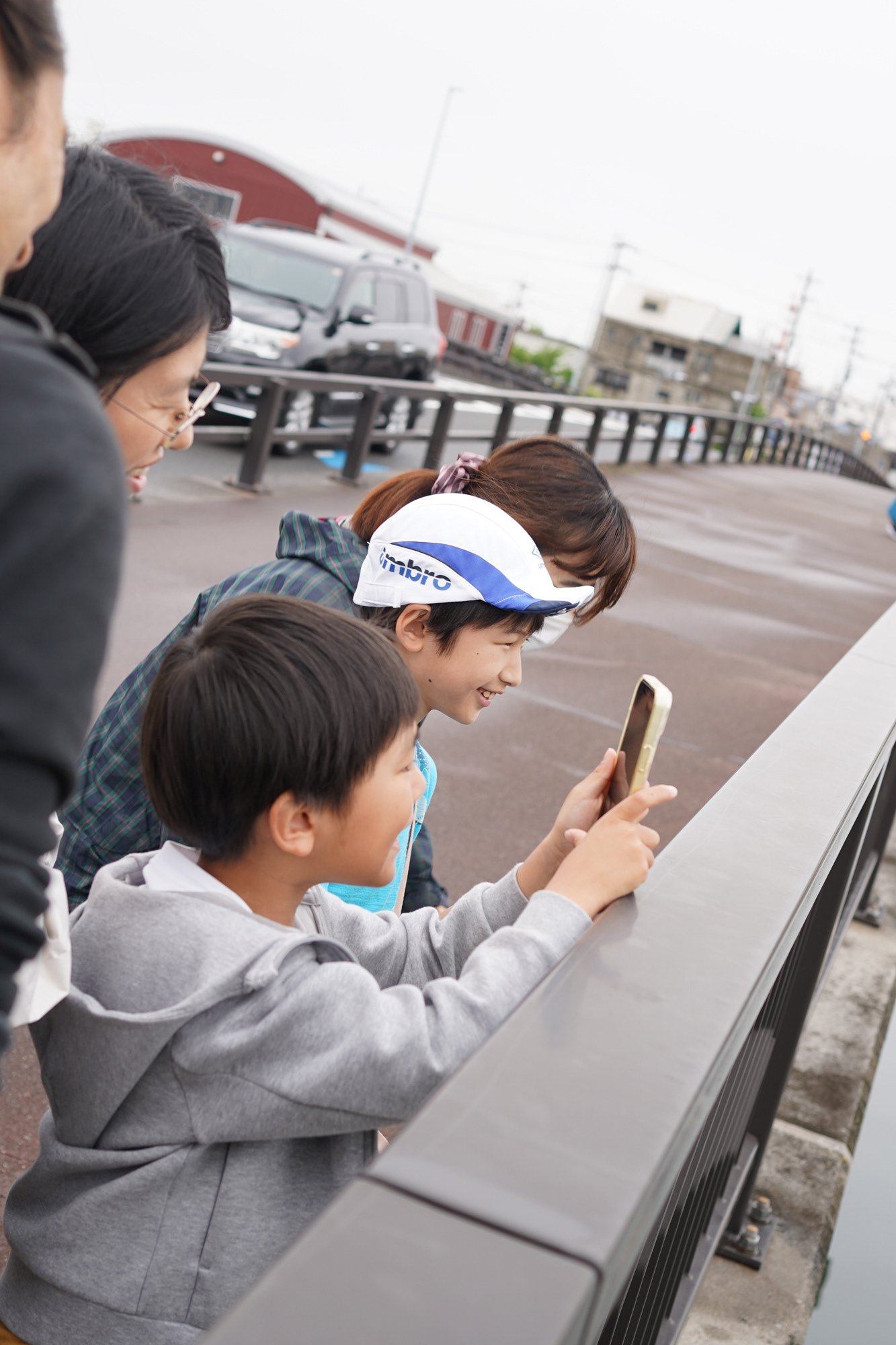
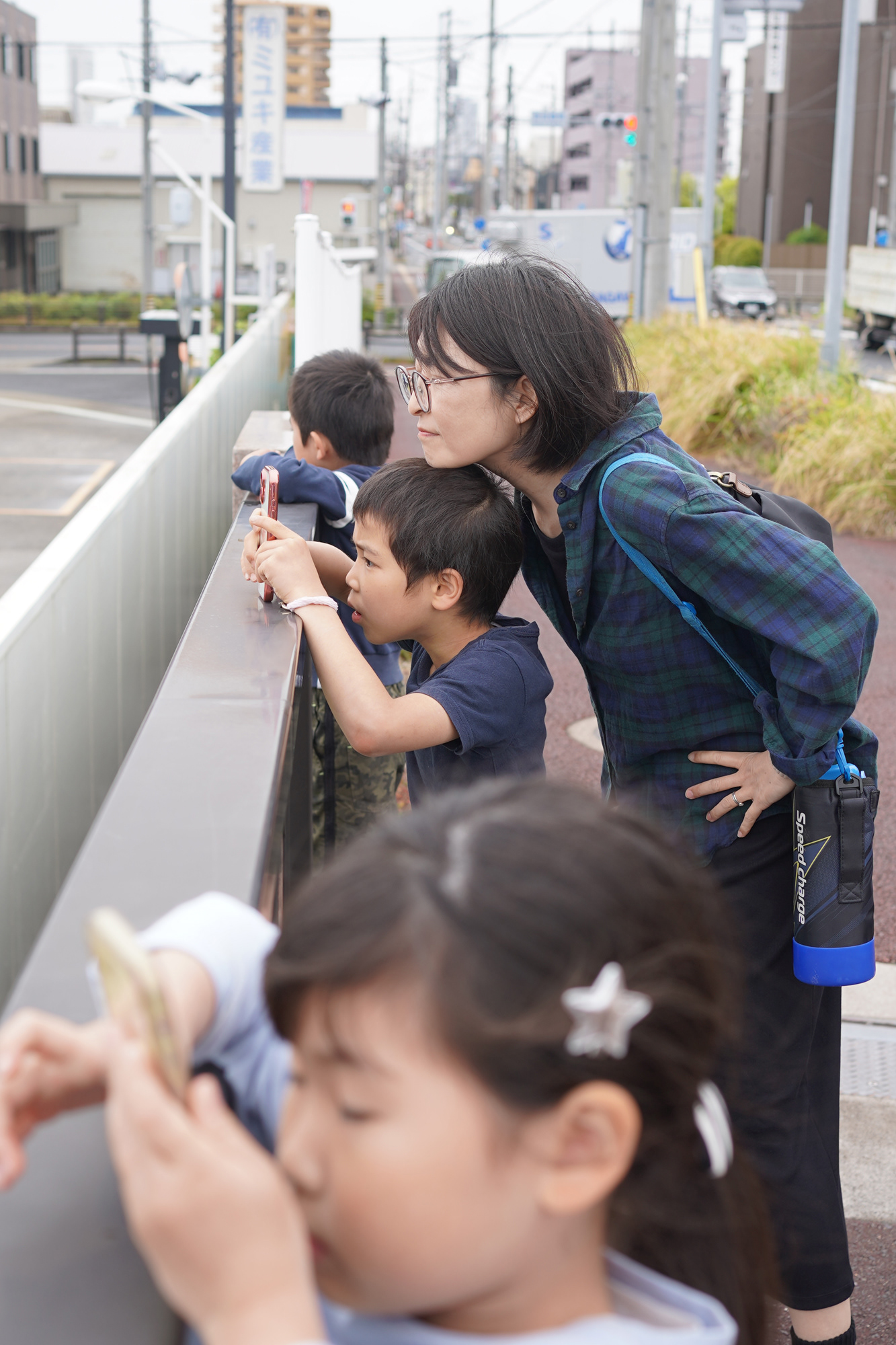



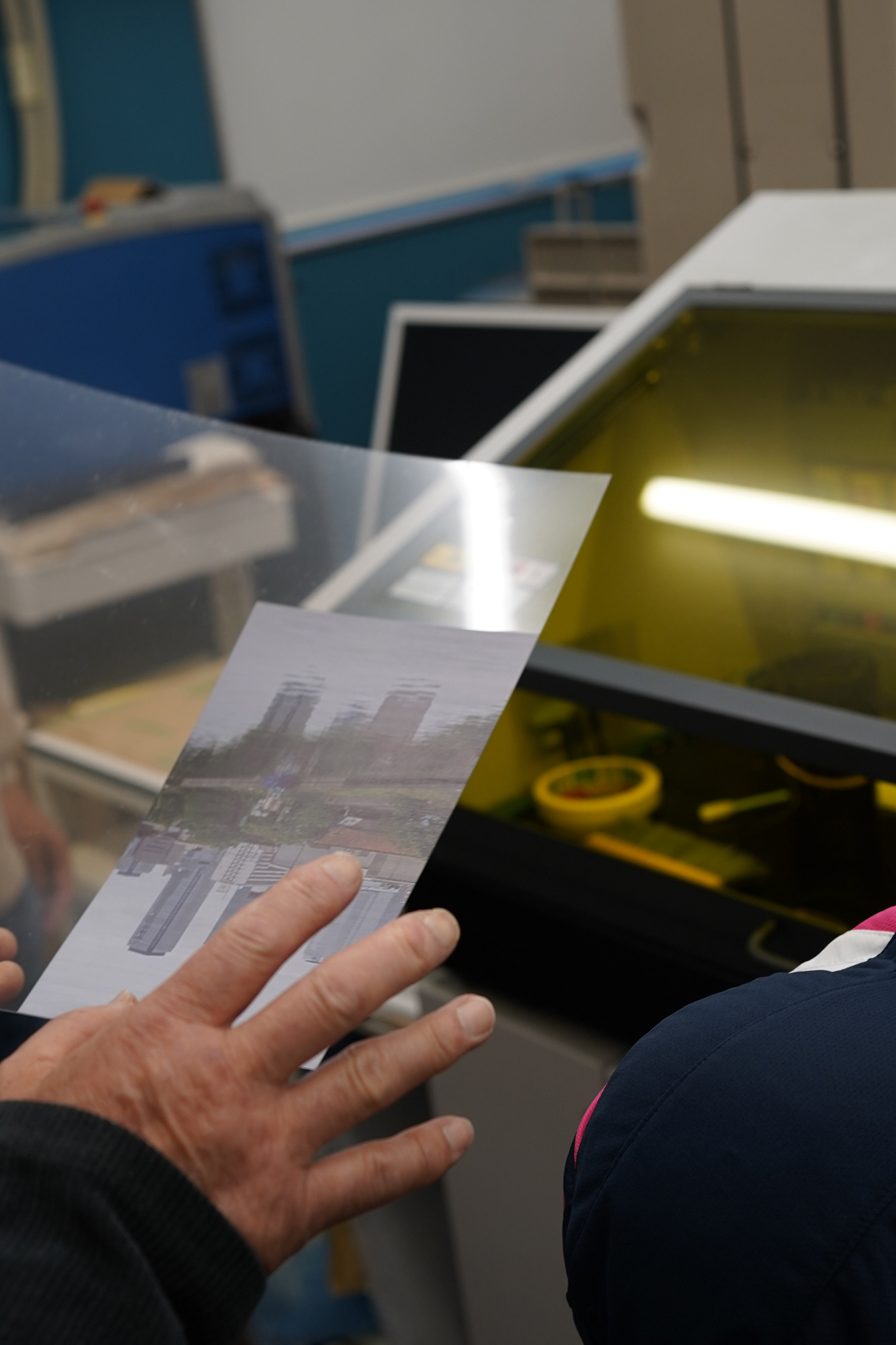
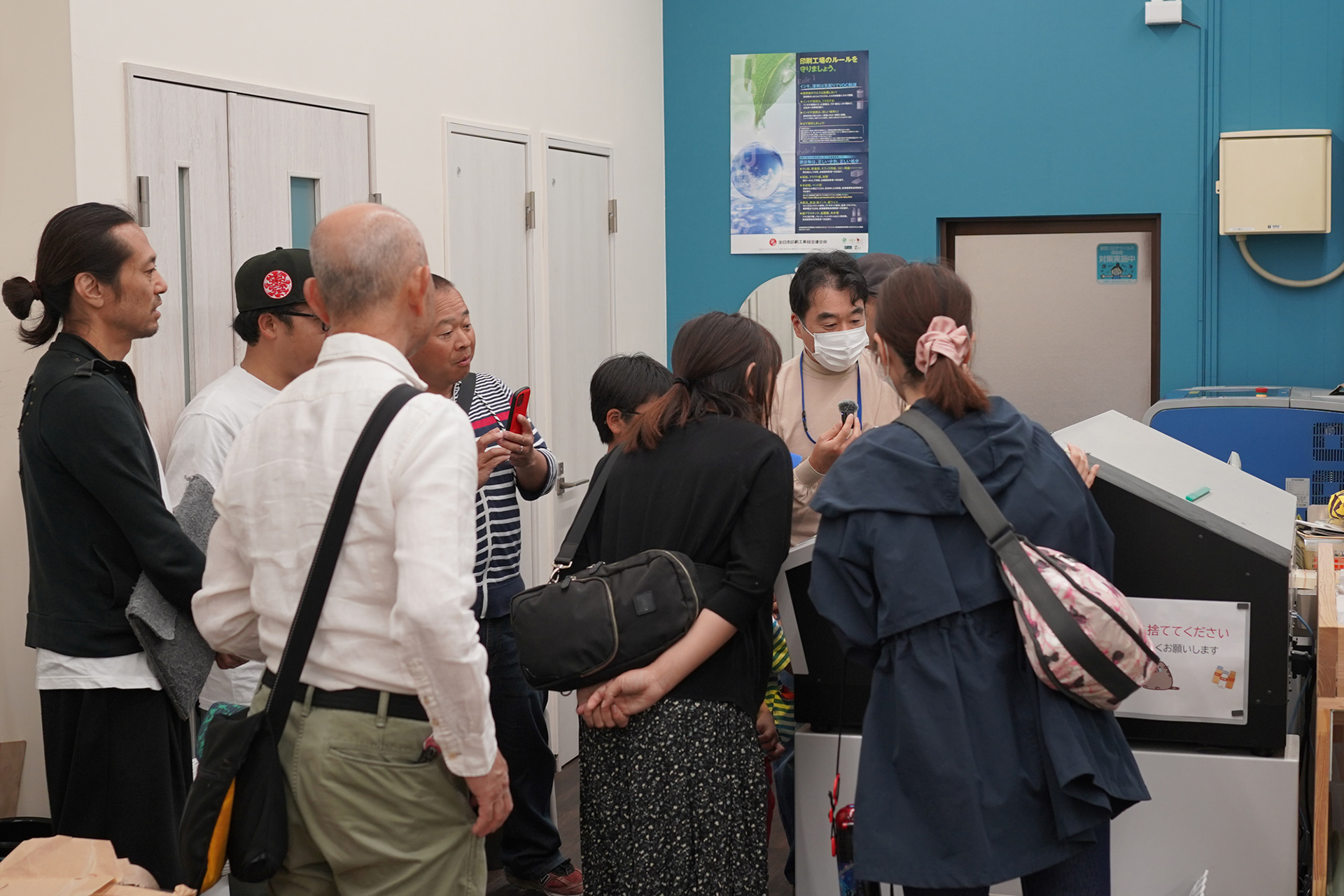
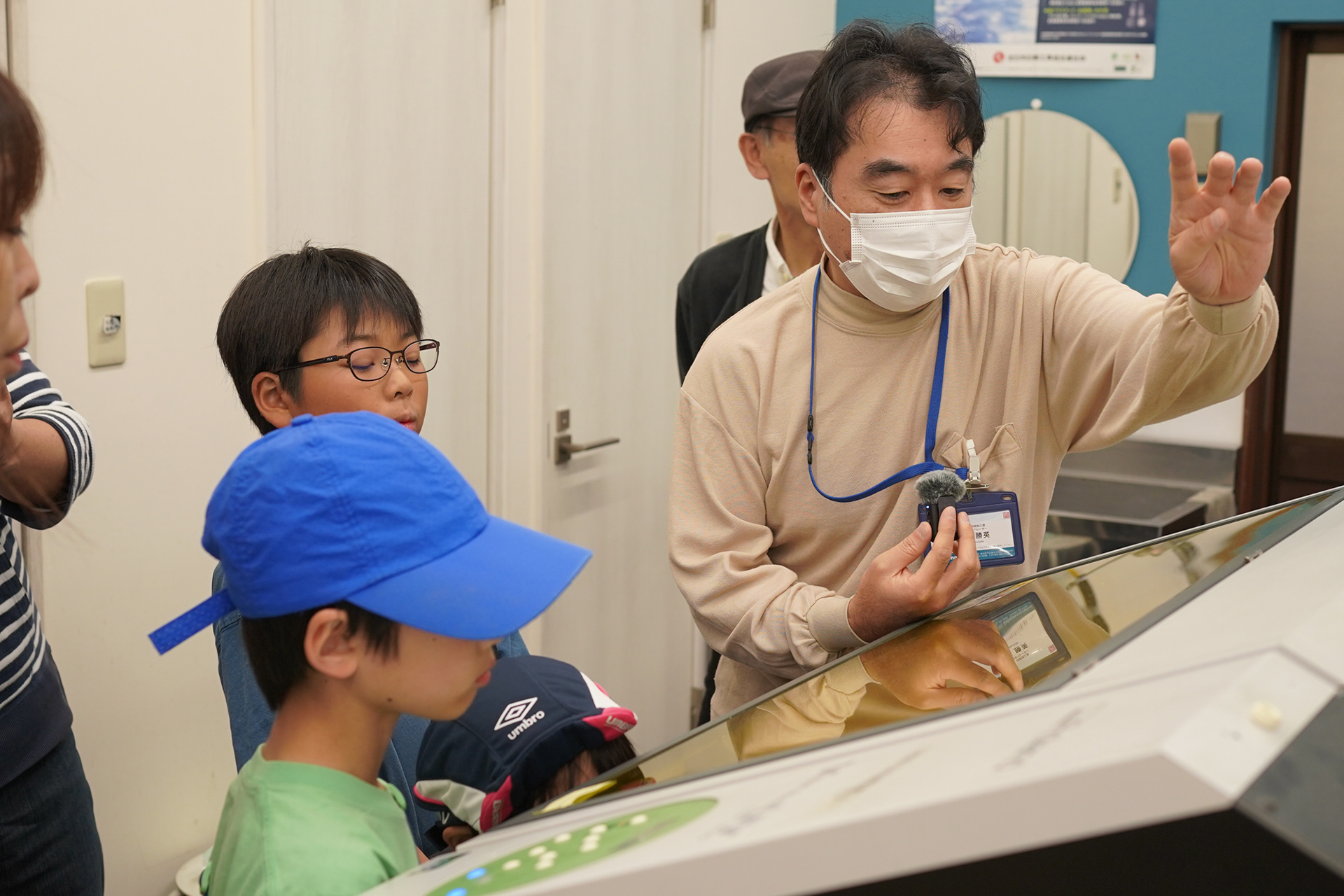
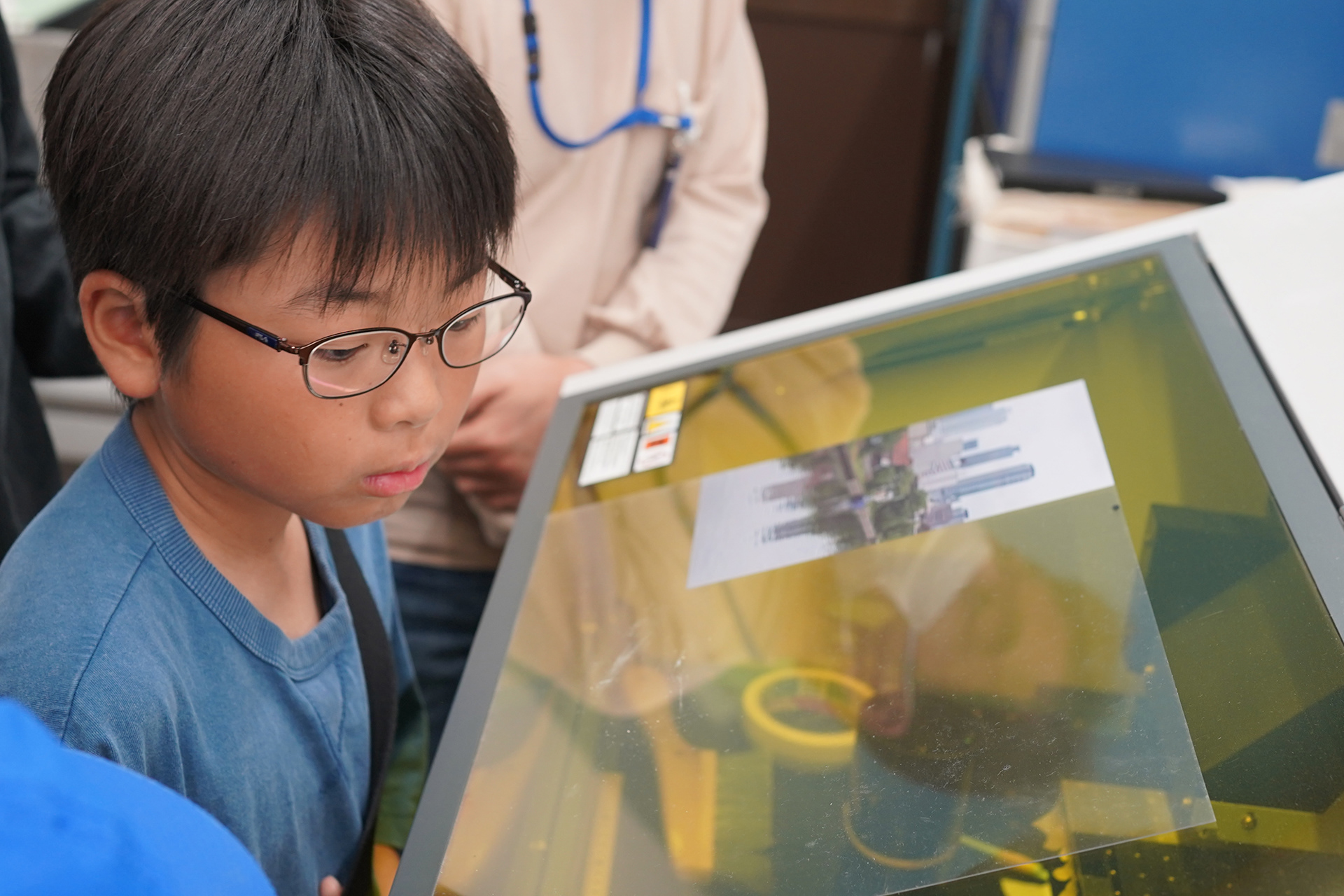




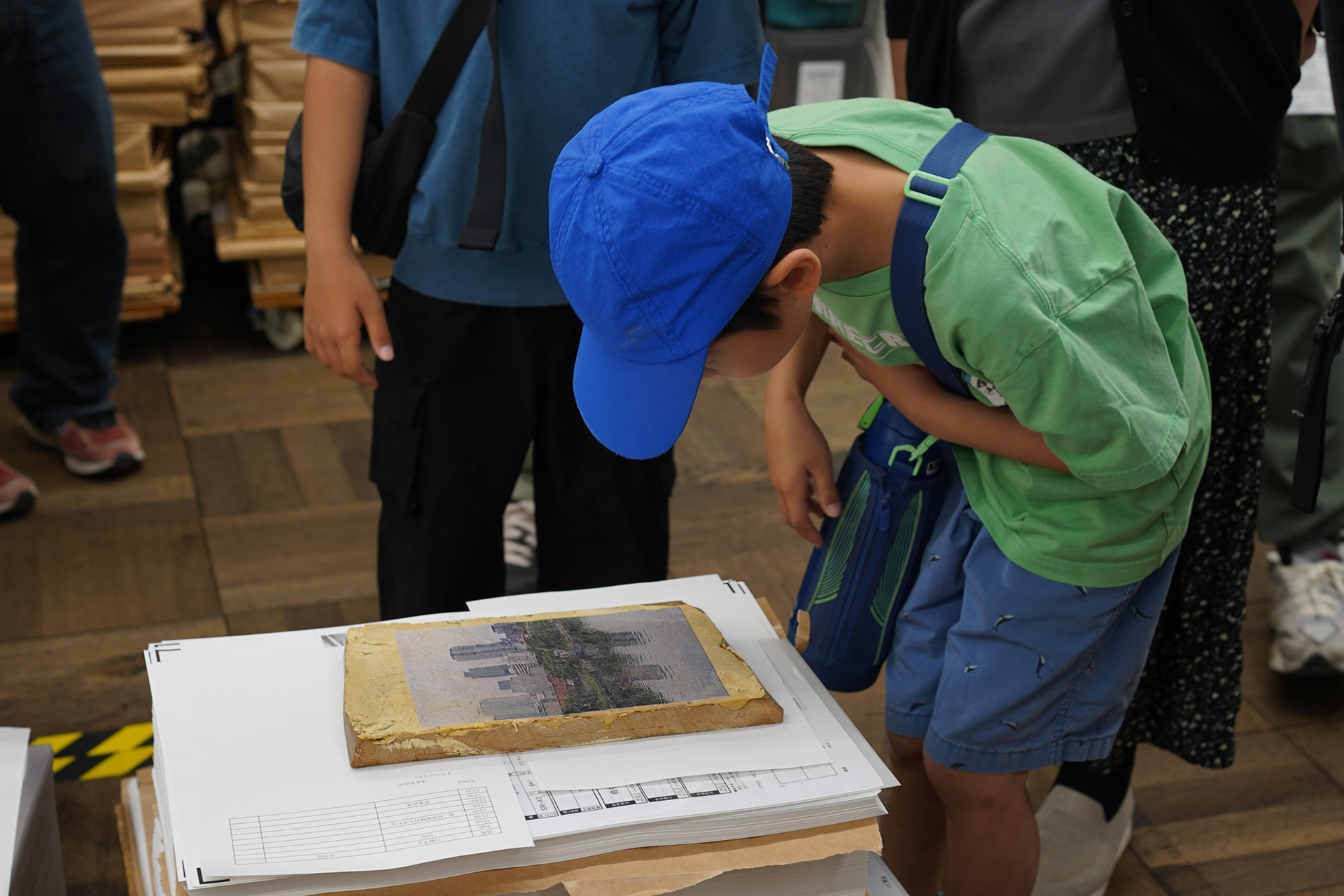
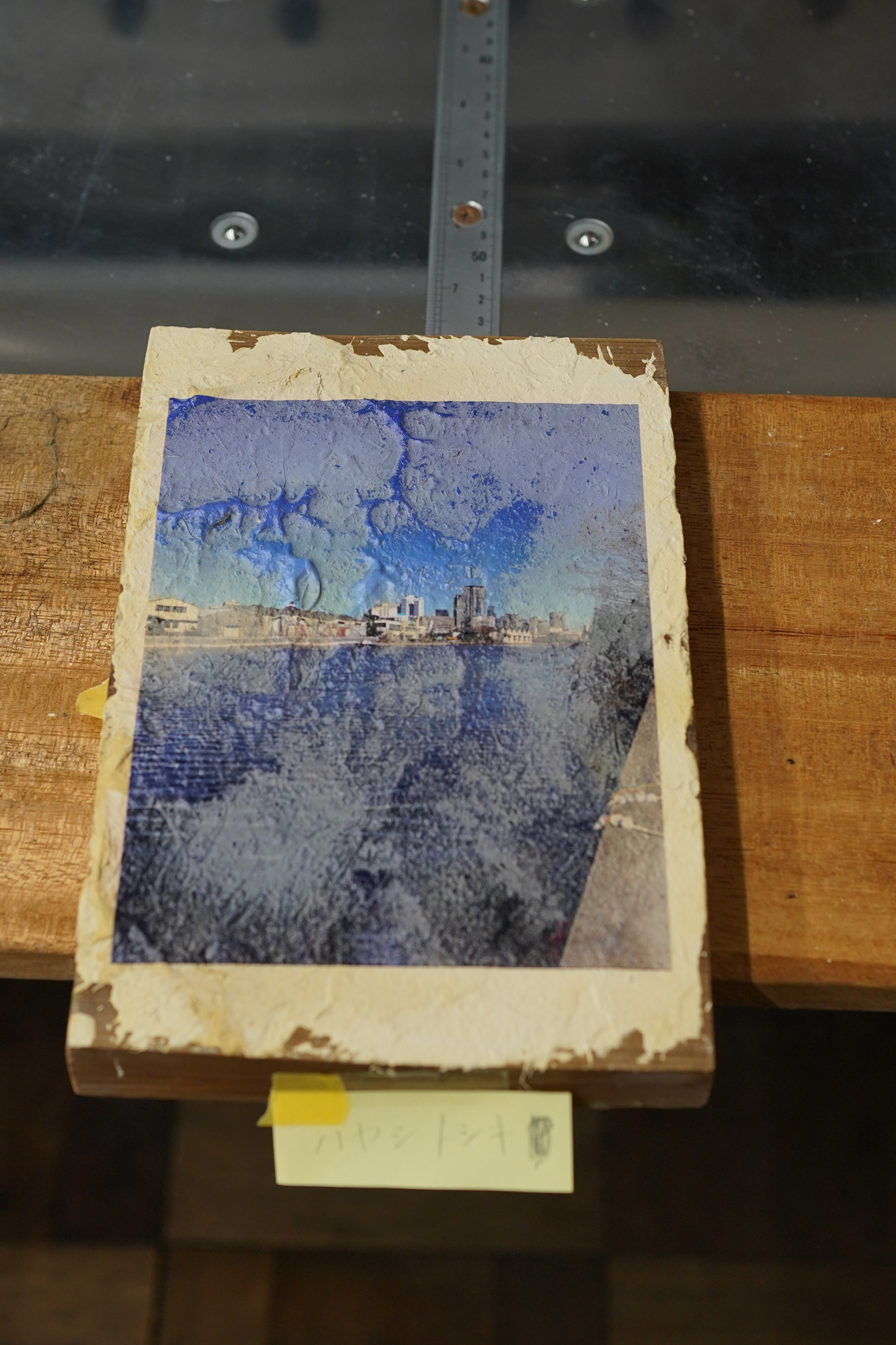
会場:ホテルモントレ銀座 6階フロア
開館時間
3月6日(木) 17:00~21:00
3月7日(金) 13:00~20:00
3月8日(土) 13:00~20:00
3月9日(日) 13:00~19:00
※最終入場は、各日30分前まで
※詳細は [公式イベントページ](https://art-ginza.com/event.html) をご覧ください。
「ブレイク前夜」ブースでは、次世代を担う注目のアーティストたちの作品を展示いたします。
- 池谷友秀
- 足立篤史
- MARINO
- Finian Richman
- 若佐慎一
主催:ART@GINZA実行委員会
事務局:SASAI FINE ARTS
Mail:info@sasaifinearts.com
公式サイト:https://art-ginza.com/
Venue: Hotel Monterey Ginza, 6th Floor
*Last admission is 30 minutes before closing each day
*For details, please see the official event page.
Office: SASAI FINE ARTS
Email: info@sasaifinearts.com
Official Website: https://art-ginza.com/
At Futatsunuma General Park of Hirono town,
Futaba County, Fukushima Prefecture, Japan.
また、この地域が持つ豊かな自然と再生への強い意志に共鳴し、作品を通じて新たな視点や感情を共有できればと思っています。このフェアを通じて、芸術の力が癒しや希望を与え、被災地の未来への道を照らす一助となることを願っています。
We also resonate with the region's rich nature and strong will for regeneration, and hope to share new perspectives and emotions through our artworks. Through this fair, we hope that the power of art will provide healing and hope and help to light the way to the future of the affected areas.
"Marginal Art Fair Fukushima Hirono" is a new art fair to be held at Futatsunuma General Park in Hirono town, Futaba-gun, Fukushima Prefecture. Artworks of more than 20 participating artists will gather at the venue. In addition, international open call will be held, inviting artists from Japan and abroad to participate. During the fair, there will be workshops to support artists and reception. Please enjoy the various artistic expressions and events.
Exhibition name : "Marginal Art Fair Fukushima Hirono"
Event period : Saturday, January 25, 2025 - Sunday, January 26, 2025
Event location : Futatsunuma General Park, Hirono town, Futaba-gun, Fukushima Prefecture
Admission fee : General: 500 yen, Students (high school students and below): Free
Artists
Ai☆Madonna / KOKI SUGITA / Ikeya Tomohide / Koyama Hitoki / Sone Eriko / Tamura Yuta / Aoyama Sae / Aoki Minori / Hatano Wataru / Takekoshi Hayato / Shibata Naoki / Mill Yoko / Arai Fuzuki / NINIGI TIGER / Akatsu Mie / Tachi Seika / Ikehara Yuta / Kazuki Nishinaga / Nadine Baldow / alfonatski / Watanabe Mai / Ishizuka Yumiko / Ishikawa Takuya / Yamazaki Seitaro and others
Organized and managed by:
Marginal Art Fair Fukushima Hirono Executive Committee
Sponsored by:
San-Ai Corporation
Supported by:
Hirono Town, Hirono shinko-kosha, Hirono Town Chamber of Commerce and Industry, Hirono Town Tourism Association
Contact
Marginal Art Fair Fukushima Hirono Executive Committee
A message from Director Seitaro Yamazaki
This time, through a strange coincidence, I have decided to hold an art fair in Hirono Town of Fukushima.
I am Seitaro Yamazaki, the director. I run a company called Seitaro Design in Tokyo that does design, branding, video production, etc. I usually call myself a creative director, but in places where I can introduce myself a little more politely, I call myself a creative director/artist. It has been six years since I stepped into the world of creating contemporary art.
I believe the first seeds of the art fair were planted in Hirono Town when Seitaro Design did the branding for the Solare Hotels and Resorts' Hatago Inn hotel brand. One of the three current Hatago Inns is located in front of Hirono Station.
Following on from the Hirono International artist-in-residence "TORIGOYA 2023-24" program, people of Hirono town were looking for the next step in branding the town through art, and they contacted me asking if I would like to take on an art project as the contemporary artist Seitaro Yamazaki, so I agreed to serve as the director of the art fair.
So, what kind of art fair should be held in Hirono town?
Looking back at history, it seems that it was once a very deprived area, where it was common for adults to go to work away from home in the winter. Then, during the period of high economic growth, several power plants were built along the coast of Fukushima, and the town began to develop as a commuter town for the neighboring city of Iwaki.
Then the Great East Japan Earthquake hit the town. The entire town of Hirono was also placed in an emergency evacuation zone due to the nuclear accident. But on September 30, 2024, it was 13 years since the evacuation order was lifted, and it is said that 90% of the town's residents have now returned to the town. Due to these circumstances, Hirono became a frontline base for the recovery from the disaster and has played a major role in the efforts to revive this region from the scars of the tsunami and nuclear accident. Many people will remember that J Village in the northern part of the town once attracted worldwide attention as a base for responding to the nuclear accident.
On the hill overlooking Hatago Inn Fukushima Hirono is Fukushima Prefectural Futaba Future School. This high school was established so that children who returned to Futaba County could continue their education while prefectural high schools in the county were forced to continue evacuating due to the effects of the disaster.
"A place full of yohaku for giving birth to the future."
That was my honest impression. The word "yohaku" was originally created as a translation of "margin" when Western bookmaking techniques were imported to Japan. It refers to the blank areas around the pages. Eventually, this word came to be used as a keyword when talking about Japanese traditional art. Originally, in Japanese art, there were many areas that were left blank without any elements, but this also came to be called "yohaku."
Yohaku in the Japanese aesthetic is different from the Western "blank space." It is not a place with nothing, but a place from which various things spring up whenever people look at it.
To be honest, I didn't know much about Hirono Town until the international artist in residence program conducted last year. However, when I actually looked there, it was a land that was not blank but like a margin, a land where various things spring up whenever I looked at it.
In the art world, there are works that are considered to be genuine contemporary art. They are at the center of the art world. And where there is a center, there is also a periphery. As Ernst Gombrich points out in the final chapter of "The Story of Art," the history of art is a repetition of things that emerge from the periphery being recognized as the center of the art of the next era. Baroque painting, Romantic painting, Impressionism, Cubism, Fauvism, Surrealism, Minimalism, Street Art, Photography, Film, Media Art. None of them were at the center of art from the beginning.
So, in this "marginal" art fair, we hope that not only works that are already at the center of art, but also many works that are still in the "margins of art" will participate. The Western word "margin" is the origin of the word "yohaku." The adjective of "margin" is "marginal." It means "on the periphery," "in the border area," or "belonging to two cultures but not fully assimilated into either."
This art fair will be held in Hirono Town, Fukushima Prefecture, as a place where "marginal" art will gather. I hope you enjoy "Marginal Art Fair Fukushima Hirono."
Director Seitaro Yamazaki
昨年のポートフォリオレ ビューで選出された東京工芸大学生 2名の若手作家によるグループ展を行います
In 2024, as an associate project of T3 @t3photofestivaltokyo, we will hold a group exhibition featuring six internationally acclaimed Japanese artists and two emerging student artists from Tokyo Polytechnic University, selected through last year's portfolio review.
10.5 Sat 12:00 〜19:00 ※プレヴュー(招待制)
10.7 Mon ~ 26 Sat 11:30〜19:00
入場料 : ¥500
https://icon-105509.square.site/
-venue-
art space kimura ASK?
東京都中央区京橋3丁目6−5 2F
京橋駅 徒歩1分 : 東京駅 徒歩8分
- Exhibiting Artists -
Haijime Kinoko @hajime_shibari
Masumi Shiohara @masumi_shiohara
PHOTOGRAPHERHAL @photographerhal
Ryo Ohwada @ryo.ohwada
Tomohide Ikeya, @tomohideikeya
Yukari Chikura @yukarichikura
- Tokyo Polytechnic University - Student
ELTON CHEN, Aoi Morishita
-special event-
8日(火)17:30~18:30
大和田良 : トークセッション(20:00 close)
「世界に挑む—賞がもたらすチャンスと次のステップ」
12日(土)14:00-14:30
Evoto代表 ウィリアム・ワン トークセッション
「AI時代における写真の進化 機会と課題」
13日(日)15:30-16:30
PHOTOGRAPHERHAL :トークセッション(19:00 close)
「真空パックが繋ぐ愛 ウクライナの家族とアートの融合」
15日(火)17:30-18:30
速水惟広(T3 founder) : トークセッション(20:00 close)
「日本のフォトアート発展の鍵とは」
18日(金)18:00-18:30
Hajime Kinoko :
緊縛フォーマンス(20:00 close) ¥3,000
21日(月)18:00-18:30
石井則仁(山海塾):
舞踏パフォーマンス(20 :000 close) ¥3,000
Tickets for Photo London 2024 are available on our Tickets Page. Subscribe to our newsletter to receive the latest news & special offers from Photo London directly to your inbox.
Book your ticket now on our Tickets Page.
Plan your visit to Photo London 2024 and check our top accommodation picks here.
Wednesday 15 May: 13:00–21:00. No re-entry.
Thursday 16 May: 13:00–20:00. No re-entry.
Friday 17 May: 13:00–20:00. No re-entry.
Saturday 18 May: 12:00–20:00. No re-entry.
Sunday 19 May: 12:00–18:00. No re-entry.
"THE ART HOUSE" Exhibition Supported BY MyNavi
https://thearthouse.jp/news/
Venue: MYNAVI ART SQUARE
22F Kabuki-za Tower, 4 12 15 Ginza, Chuo-ku, Tokyo 104 0061, Japan
open 11:00~18:00
https://artsquare.mynavi.jp
"THE ART HOUSE" Exhibition
Can the art be left behind 100 years from now?
This exhibition embodies the concept of "THE ART HOUSE," a documentary program currently being broadcast on NTV, which focuses on the process by which collectors find value in artists and their works and purchase them in order to "preserve the art 100 years from now.
We hope that visitors will take the time to savor and appreciate the artists and their works from the perspective of, "Will they be around for the next 100 years? In addition, visitors will have the opportunity to discover the value of the artworks and artists from the perspective of whether they can be preserved for 100 years, and to actually purchase them, just like the patrons and collectors who have remained in the history of Japan.
The works on display are actually created by the artists we have featured in our programs. Each visitor, with his or her own diverse values and tastes, will be asked to consider, from his or her own perspective, whether the artwork can be preserved 100 years from now. Through this experience, we hope that the people who are confronted with art will change.
The keywords of "MYNAVI ART SQUARE," the venue of the exhibition, are "encounter. Connect. Connecting. I hope that "THE ART HOUSE Exhibition" will be held in Higashi-Ginza, the center of Japanese history and culture, in sympathy with the keywords of "MYNAVI ART SQUARE," the venue of the exhibition.
We hope that the exhibition will be a place where visitors can immerse themselves in the world of artworks, contemplate the culture of 100 years from now, confront their own potential, encounter new ideas, and create new opportunities.
Translated with www.DeepL.com/Translator (free version)
会場: マイナビアートスクエア
open 11:00~18:00
THE ART HOUSE展
そのアートは100年後に残せるか。
そのアートを100年後に残す」ために、コレクターが、アーティストと作品に価値を見出し、購入するまでのプロセスにフォーカスする、現在、日本テレビで放送中のドキュメンタリー番組「THE ART HOUSE」のコンセプトを体現した展覧会を開催します。
来場された皆様には、そのアーティストと作品を、100年後まで残せるのか?という視点で、じっくりと味わい感じていただき、さらに、歴史に残るパトロン、コレクターたちと同じように、その価値を見出し、実際に購入することも出来る場をご提供いたします。
展示される作品は、実際にこれまで番組でご紹介したアーティストたちが生み出したものです。お客様一人一人、様々な価値観や好みを持つ皆様ご自身に、それぞれの視点で「100年後に作品を残せるか」ということを考えていただく。この体験を通して、アートと対峙する皆様にも変化が起こるかもしれません。
会場となる「MYNAVI ART SQUARE」の掲げるキーワード「であう。つなぐ。ひろがっていく。」に共感し、日本の歴史と文化の発信地である東銀座で、「THE ART HOUSE展」が体現できればと思います。
アート作品の世界に浸り、100年後の文化に想いを馳せ、自身の可能性と向き合う、新しい発想と出会い、きっかけを生む場となりますように。
◆アーティスト名
※五十音順、敬称略
◆会期
2023年12月5日(火)〜12月17日(日)
※営業時間:11時〜19時
◆会場
MEDEL GALLERY SHU
〒100-0011 東京都千代田区内幸町1丁目1−1 帝国ホテルプラザ2F
◆展示ステイトメント
明治時代以降、文明開化の波は西洋文化を通じて日本の生活様式だけでなく、国民の概念にも大きな変容をもたらしました。
この変容は、伝統的な日本文化にも深く影響を及ぼし、現代においては日本人の感性と知性によって昇華され、新たな日本文化が芳醇に育まれました。
本展示「THE YEN CONNECTION」の会場は、帝国ホテル「MEDERU GALLERY SHU」で開催され、その場所は日本を象徴する皇居に隣接した格式ある空間です。
会場では、多種多様なメディアや表現形式を持つ12人の現代アーティストの作品が展示され、絵画や彫刻などさまざまなアートフォームが融合しています。
そうした現代アートと厳かな調和と対比の中、来場者がアートに没頭できる環境が提供され、静謐で優雅、かつ多様性に溢れた視覚的体験をもたらします。
多様な色彩。独自の形状。解き放たれる思想。
これらの作品は、近代日本の社会における西洋文化と日本文化のクロスオーバーが生み出した多様性の「結晶」と捉えることができます。
この展示が、この時代に、この場所において実現することで、西洋文化と日本文化の新しい「縁」が紡がれ、アーティストや作品の背後に潜むストーリーや創作意図とともに、今を生きる我々に対して、深層に渡る感情や思索を探求する契機を提供し、現代の日本社会と自己の深遠な「繋がり」を再評価するための機会となることを期待しています。
////////////////////////////////////////
TOMOHIDE IKEYA exhibition. presents by office Joe shishido
31 Nov (Thu) ~ Dec 13 2023 (Wen)
THE ROYAL PARK CANVAS
OPENING PARTY
11.30(Thu)17:00~ Omiki Bar(2F)
VIP Entrance Fee:¥5500-(in TAX)
ART DEALER : Shie Murasaki
OFFICE JOE SHSHIDO CO., LTD
officejoeshishido.com
TOMOHIDE IKEYA exhibition. presents by office Joe shishido
2023年11月30日(木)~ 12月13日(水)
ザ ロイヤルパーク キャンバス
銀座コリドー
〒104-0061 東京都中央区銀座6-2-11 2F
https://www.royalparkhotels.co.jp/canvas/ginzacorridor/
Open Time
11:00~28:00(月~土)
11:00~22:00(日、祝日)
OPENING PARTY
11.30(木)17:00~ Omiki Bar(2F)
VIP Entrance Fee:¥5500-(税込)
ART DEALER : Shie Murasaki
OFFICE JOE SHSHIDO CO., LTD
officejoeshishido.com
■ 場所
AXIS Gallery
(東京都港区六本木5-17-1 4F)
■ 日時
[ 内覧会 ]
9/15(金) 18:00~21:00
[ 一般公開 ]
9/15(金) 12:00~18:00
9/16(土) 12:00~21:00
9/17(日) 12:00~21:00
9/18(月) 12:00~17:00
メタバース会場
前売り ¥1,200 / 当日¥1,500
出展者一覧
AXIS Gallery
(4F, 5-17-1 Roppongi, Minato-ku, Tokyo)
Date and time
[ preview ]
9/15 (Fri) 18:00~21:00
[Open to the public ]
9/15 (Fri) 12:00~18:00
9/16 (Sat) 12:00~21:00
9/17 (Sun) 12:00~21:00
9/18 (Monday) 12:00~17:00
Metaverse Venue
https://www.spatial.io/s/icon-Contemporary-Photography2023-62ebcb4606d5040001db60cc?utm_source=%2Fspaces&share=5514685804890922308
Advance ¥1,200 / Door ¥1,500
Click here for tickets
List of Exhibitors
Tomohide Ikeya / Akiko Isobe / Ohka Ueno / Shinichiro Uchikura / Yumiko Utsu / Eiji Ohashi / Ryo Owada / Kei Okano / Kumi Oguro / Masato Kanazawa / Mika Suga / Ryota Kikuchi / Kyana Kuwasako / Kyoki Ogura / Mami Kosemura / Akira Gomi / Misuzu Shibuya / Yuji Suzaki / Moeko Suzuki / Yuni Takano / Koichiro Takei / Toru Tanno / Yukari Jizo / Kiyotaka Tsurisaki / Tomomichi Nakamura / Nanano / Yuma Nishimura / Isao Yariki / Kenji Hirasawa / Tsubasa Fujikura / Rieko Honma / Shuichi Mayama / Kikuna Mishima / Izuru Mizutani / Yumega Miyahara / Yuya Muto / Jiro Yabuzaki / Yu Yamauchi / Ayaka Yamamoto / Ryuhei Yokoyama / ARISAK / Hajime Kinoko / HASEO / Kentaro Takahashi / Masumi Shiohara / Michael Hitoshi / PHOTOGRAPHER HAL / RASIKI / SOLENE BALLESTA / Zohre Miha
This is a collaborative exhibition of portraits by 13 contemporary photographers and world masters such as HELMUT NEWTON, ANDY WARHOL, MAN RAY, ROBERT MAPPLETHORPE, and many more. We look forward to your visit.
Saturday, May 20, 2023 - Friday, June 9, 2023
HELMUT NEWTON, ANDY WARHOL, ROBERT MAPPLETHORPE, MAN RAY, BETTINA RHEIMS, LEWIS MORLEY, etc.
Misato Kurimune
NORIKO YABU
TOMOHIDE IKEYA
Daisuke Takakura
Shinichiro Uchikura
PHOTOGRAPHERHAL
Kenji Hirasawa
Muga Miyahara
Rieko Honma
Misuzu Shibuya
Nananano
Kohei Fukushima
Issen Tanaka
Sansiao Gallery
B1F Sanseo Building, 3-2-9 Nihonbashi, Chuo-ku, Tokyo
03-3275-1008/1019
Tuesday-Saturday 12:00-19:00
Closed on Sundays, Mondays and national holidays
13名のコンテンポラリーフォトグラファーとHELMUT NEWTON, ANDY WARHOL, MAN RAY, ROBERT MAPPLETHORPE,など世界の大巨匠とのポートレートのコラボ展です。ご高覧よろしくお願い致します。
2023年5月20日(土) – 6月9日(金)
HELMUT NEWTON, ANDY WARHOL, ROBERT MAPPLETHORPE, MAN RAY, BETTINA RHEIMS, LEWIS MORLEY, 他
栗棟美里
薮乃理子
池谷友秀
高倉大輔
内倉真一郎
PHOTOGRAPHERHAL
平澤賢治
宮原夢画
本間理恵子
渋谷美鈴
七菜乃
福島耕平
田中一泉
Sansiao Gallery
東京都中央区日本橋3-2-9 三晶ビルB1F
3LFTN apartment'20th
TRIO EXHIBITION
CRUXCLIQUE
NEURONOA / OTA KIY00 / TOMOHIDE IKEYA
https://www.instagram.com/3lftn_apartment/
15-1 Udagawa-cho, Shibuya-ku, Tokyo
Shibuya PARCO 7F
東京都渋谷区宇田川町15-1
渋谷PARCO 7F
12:00〜19:00
Group exhibition
"Chapter 2"
2023/05/01 - 2023/05/20
【Opening hour】
Tuesday - Friday 12:00 - 18:00
Close : Holiday, Sunday and Monday
【Artists】
Tomohide Ikeya / Moeko Suzuki / Ryo Ohwad / Tanno Toru
Kiiro / Hidekazu Miyama / Kana Kuwasako / Jiro Yabuzaki
Kiiro / 桑迫伽奈
鈴木萌子 / 丹野徹
舞山秀一 / 藪崎次郎
KEN FINE ART
OPENING HOURS
Tuesday - Friday 12:00 - 18:00
Saturday - 10:00-15:00
Close : Holiday, Sunday and Monday
*During exhibition periods
ADDRESS
〒541-0044 大阪府大阪市中央区伏見町3-2-12 春海ビル 2F
2F Harumi bldg., 3-2-12 Fushimimachi,Chuo-ku, Osaka-City, Osaka, Japan, 541-0044
池谷友秀, 高倉大輔, 内倉真一郎, PHOTOGRAPHERHAL, 平澤賢治
宮原夢画, 本間理恵子, 渋谷美鈴, 七菜乃, 福島耕平, 田中一泉
HELMUT NEWTON, ANDY WARHOL, ROBERT MAPPLETHORPE, MANRAY, BETTINA RHEIMS
FRANCESCO SCAVULLO, HORST P. HORST, LEWIS MORLEY, SID AVERY 他
池谷友秀, 高倉大輔, 内倉真一郎, PHOTOGRAPHERHAL, 平澤賢治
宮原夢画, 本間理恵子, 渋谷美鈴, 栗棟美里, 七菜乃, 藪乃理子, 福島耕平, 田中一泉
HELMUT NEWTON, ANDY WARHOL, ROBERT MAPPLETHORPE, MANRAY, BETTINA RHEIMS
FRANCESCO SCAVULLO, HORST P. HORST LEWIS MORLEY, SID AVERY 他
◆ PARTI、PART 2 共に、初日の17:00~19:00にオープニング・レセプションを行います。
国内外で活躍中の13名の PHOTOGRAPHER がそれぞれの思いを込めて撮り下ろしたポートレート作品
+世界のPHOTO MARKET(SECONDARV) で確固たる地位を続いている PHOTOGRAPHER のポートレート作品との、
展示タイトルのごとく、まさに時を越えてのコラボ展示となります。
ぜひご高覧ください。
#: LEWIS MORLEY 'CHRISTINE KEELER, 1963 ED: 8/10 93 × 118 cm dicital print on canvas
YouTube
https://www.youtube.com/channel/UCeEZn2oD9PACmipy8QpBKNw/featured
https://wod.wowow.co.jp/simulcast/Prime/1-191-11052
2023年1月8日(日)より放送開始のドキュメンタリーシリーズ「WHO I AM パラリンピック」より、
鳥海連志選手のドキュメンタリーに少し出演しています。
とても素晴らしいドキュメンタリーなので是非見てください!
1月22日(日) 10:00~
2月10日(金) 21:10~
2月16日(木) 22:00~
[WOWOWプライム] [WOWOW 4K]
放送後にオンデマンド配信予定
ナビゲーター&ナレーター:西島秀俊
音楽:梁邦彦
2023年1月22日(日)午前10:00~ [WOWOWプライム] [WOWOW 4K]
放送後にオンデマンド配信予定
ナビゲーター&ナレーター:西島秀俊
音楽:梁邦彦
メイキング映像
https://youtu.be/ctwnvYpaEPI
2022年10月1日(土)〜10月16日(日)
平日 12:00-19:00 / 土日祝・最終日 12:00-17:00
東京都中央区銀座八丁目10番7号 東成ビル地下2
03-5568-1233
◆参加作家
髙木智広/池谷友秀/キジメッカ/KCN/Cosmic Debris(Emily the Strange)/櫻井結祈子/髙橋美貴/立花奈央子/千葉和成/猫将軍/福山フキオ/松岡ミチヒロ/山本翔/横野健一
芸術は、鏡ではなくハンマーである。
芸術は、世を反映するのではなく、形作るのである。
- トロツキー『文学と革命』より
感染症の拡大という思いがけない災難が訪れて、早3年が経ちました。
目には見えないものの力で、日常がことごとく破壊され、終わりが見えない混沌の最中にある中で、アーティストたちは何を目撃し、何を信じ、そしてどんな世界を生み出すのでしょうか。16名の作家による、作品の展示・販売を行います。
油彩、陶芸、彫刻、デジタルアート等多彩な手法でこの世を象り、再生への道筋を示します。
台風や雷を怖いと思いながらもワクワクした幼い頃。非日常的な災害のニュース映像につい魅入られてしまう。
当事者ではなく傍観者として世界の終わりを見ることによって自分が安全な場所にいて平和に生きていることを実感出来る。
当事者として見る世界の終わりとはどんな景色なのか。
このような暗黒の時代は長い歴史の中で幾度となく訪れ、芸術家はその時代に感じたことを作品に投影した。
この「世界の終わり」の展覧会ではこの時代を生きる作家たちが感じたリアルを展示します。
(髙木智広)
Special Collection
フェリシアン・ロップス(協力:Gallery Lucifer)/フリードリヒ・シュレーダー・ゾンネンシュターン
Solo Exhibition
REPEAT
日程
2022年9月22日(木)〜9月28日(水)
10:00-19:00
Monkey Gallery
東京都渋谷区猿楽町12-8
10:00〜19:00(不定休)
TEL 03-3464-3766(平日10:00〜18:00)
Access
12-8 Sarugaku-cho, Shibuya-ku, Tokyo
10:00-19:00 (irregular holidays)
tel 03-3464-3766 (weekdays 10:00-18:00)
supported by MONKEY GALLERY D.K.Y
六本木アートナイト2022の参加プログラムとして50名の写真家によるコンテンポラリーフォトのグループ展、
「icon CONTEMPORARY PHOTOGRAPHY II」を開催します。
新しい写真表現の可能性をご覧ください。リアル展示に加えてAR等のバーチャル展示も行います。
内覧会 : 9.16(金)12:00~19:00
一般公開:9.16(金)12:00~19:00
9.17(土)12:00~22:00
9.18(日)12:00~22:00
9.19(月)12:00~17:00
<主な出展作家>
池谷友秀 / 上杉敬 / 薄井一議 / 内倉真一郎 / うつゆみこ
大和田良 / 岡野慶 / 小山田邦哉 / 片山真理 / 菊地良太
栗棟美里 / 桑迫伽奈 / 古賀勇人 / 小寺創太 / 五味彬
塩原真澄 / 渋谷美鈴 / 須崎祐次 / 鈴木一成 / 鈴木のぞみ
須藤絢乃 / 髙倉大輔 / 田口るり子 / 武居功一郎 / 丹野徹
鶴巻育子 / 殿村任香 / 中澤有基 / 永田陽一 / 中藤毅彦
七菜乃 / 平澤賢治 / 藤倉翼 / 本間理恵子 / 舞山秀一
牧野智晃 / 宮原夢画 / 武藤裕也 / 藪崎次郎 / 藪乃理子
山元彩香 / 横木安良夫 / 横山隆平 / 吉田多麻希 / ヨシダナギ
A R I S A K / H A B U / H a j i m e K i n o k o / H A S E O
J o j i S h i m a m o t o / K i i r o / M a k o t o K a m i y a
P H O T O G R A P H E R H A L /S o l e n e B a l l e s t a / Z I G E N
会場:AXIS Gallery
(東京都港区六本木5-17-1 4F)
料金:前売り ¥1,200 / 当日 ¥1,500
主催:任意団体icon
助成:ARTS for the future!2-文化庁
チケット購入サイト
https://icon-105509.square.site
メタバース展示
https://spatial.io/s/icons-Hi-Fi-Hangout-62ebcb4606d5040001db60cc?share=5514685804890922308
website
http://icon-channel.com/icon-contemporary-photography-ii/
問い合わせ:
E-mail:info@icon-channel.com
開催日時:2022.7.8 (金) ─ 7.10 (日)
プレビュー
8日(金) 13:00 ─ 20:00
※招待者、プレス関係者のみ
一般公開
9日(土) 11:00 ─ 20:00
10日(日) 11:00 ─ 17:00
会場:大阪市中央公会堂 3階
(大阪市北区中之島1-1-27)
BREATH & WAVE 池谷友秀展
11. Jun(Sat) - 26.Jun (Sun)
Open :12:00~19:00
Close : Tue. Wed.
1F STAGE BLD 2, 3-20 Koseidori Minami, Okazaki-shi, Aichi, Japan
愛知県岡崎市康生通南3-20 STAGE BLD 2 1F
正.午12 時~午後7 時/毎週火・水曜日休廊
本展覧会は 私の「OCEAN」と「BREATH」の二つのシリーズから構成しています。
OCEANは海の記憶や水の循環を表現し、
BREATHは水中での呼吸できない人間を撮影することで生命力を
表しています。
この二つを並べることで、人類の可能性を感じられるのではないかと思っています。
11/13〜28
Yoseido銀座店
東京都中央区銀座4丁目5−1 聖書館ビルB1F
11/23にはヤマダアオイさんによるライブパフォーマンスもあります
This exhibition is composed of my two series, "OCEAN" and "BREATH".
OCEAN expresses the memory of the sea and the circulation of water, and
BREATH represents life force by photographing people who cannot breathe underwater.
BREATH represents life force by photographing people who cannot breathe underwater.
I believe that by putting these two together, we can feel the potential of humanity.
November 13 - 28
Yoseido Ginza Store
B1F Bible Museum Building, 4-5-1 Ginza, Chuo-ku, Tokyo
FotoNostrum マガジン掲載されました。
新作1点を含む10点の作品とインタヴューが掲載されています。
是非ご覧ください。
It was published in FotoNostrum Magazine.
It features 10 works including one new work and an interview.
Tosei Bldg.B2F,8-10-7,Ginza,Chuuoh-ku,Tokyo
tel : 03-5568-1233
Email : info@vanilla-gallery.com
http://vanilla-gallery.com
7/26 (Fri.) - 8/4 (Sun.)
12:00 - 20:00(入場無料)
Last Day - 18:00 / Closed on 7/29 (月)
Reception Party:7/26 (Fri.) 18:00 - 20:00
12:00-20:00 / 月曜日休廊
Human beings were born and protected in the water (amniotic fluid). About 60% of our bodies are made of water. Water is essential since it was born, and what was the most important thing leads to the faith of the water god. On the other hand, since the time of Jomon, snakes were considered to be the gods of water, or gods themselves. Therefore, it may seem as though it was a chance to have started shooting in the water, but it is also a manifestation of a desire to return in the womb, and his own approach to God may be .
人間は水の中(羊水)に生まれ、守られてきた。我々の身体もおおよそ6割は水でつくられている。生まれた時から水は必要不可欠であり、最も大切な存在だった事が水神信仰へとつながる。一方で縄文の時代より蛇は水の神の使い、或は神そのものと思われていた。従って、水の中での撮影を始めたのは偶然であるかのように感じているかもしれないが、それは有る意味で胎内回帰願望の現れでもあり、神への彼なりのアプローチかも知れない。
EXHIBITION
Japanese Nudes
March 15 till September 8, 2019
From 15 March to 8 September Japanese Museum SieboldHuis will present the exhibition ‘Japanese Nude’. This exhibition illustrates the development in Japanese nude photography from the 19thcentury to the present. The works of over 30 top photographers, including Araki Nobuyoshi, Moriyama Daido, Hosoe Eikoh, Izu Kenro and Honjo Koro reveal their artistic vision of nudity. Foreign influence and changing perceptions in Japanese society on gender, nudity and sexuality are on display in over 120 photographs.
Japanmuseum SieboldHuis
Visitors address
Rapenburg 19
2311 GE Leiden
Postaddress
Postbus 11007
2301 EA Leiden
https://www.sieboldhuis.org
Phone: 071-5125539
Fax: 071-5128063
Email: info@sieboldhuis.org
Japanese photographer Tomohide Ikeya captures the world in which humans blend with the territory of impenetrable underwater. His magnificent dreamy works, which extend the freedom of expression, are highly acclaimed both domestically and internationally.
Vanilla Gallery
Tosei Bldg.B2F,8-10-7,Ginza,Chuuoh-ku,Tokyo
tel : 03-5568-1233
Email : info@vanilla-gallery.com
http://vanilla-gallery.com
写真家の池谷友秀は、水中という不可侵領域と溶け合う人間のすがたを捉えた世界を写し出します。その表現の可能性を広げる幻想的で荘厳な作品は、国内外で高く評価を受けています。
〒104-0061 東京都中央区銀座八丁目10番7号 東成ビル地下2F
tel : 03-5568-1233
Email : info@vanilla-gallery.com
http://vanilla-gallery.com
池谷友秀氏のトークのお相手には、池谷作品のモデルも務めた歌手の村田千沙さん、長年に亘り作品モデルのメイクを担当するアートディレクターでありメイクアップアーティストのクワハラヒロト氏をお招きし、クリエーターの視点から、池谷友秀の作品の魅力を読み解きます。また、村田千沙さんのスペシャルミニライブも開催します。
チケットは必ず事前にlive pocketにてご購入ください。
チケット購入
19/Jan/2019 〜 1/21
http://onearttaipei.com
preview: 1/18 13:00-15:00
From ELSA ART GALLERY
http://elsaart.com.tw
池谷友秀写真展 『BREATH』
【開催】
12月9日〜12月23日(木、金、土、日の13:00~19:00 OPEN)
【会場】
ダンスハウス黄金4422 3階
漆黒の世界で、真珠のような水泡を身にまとい、重力から解き放たれた人体が躍動する。。。